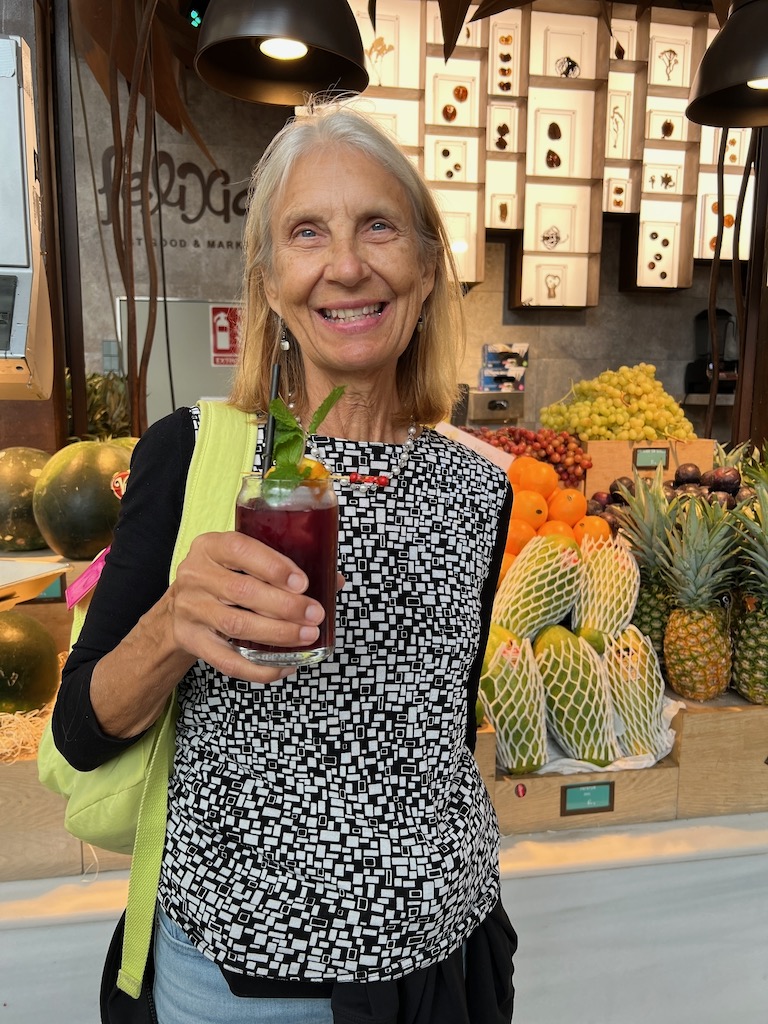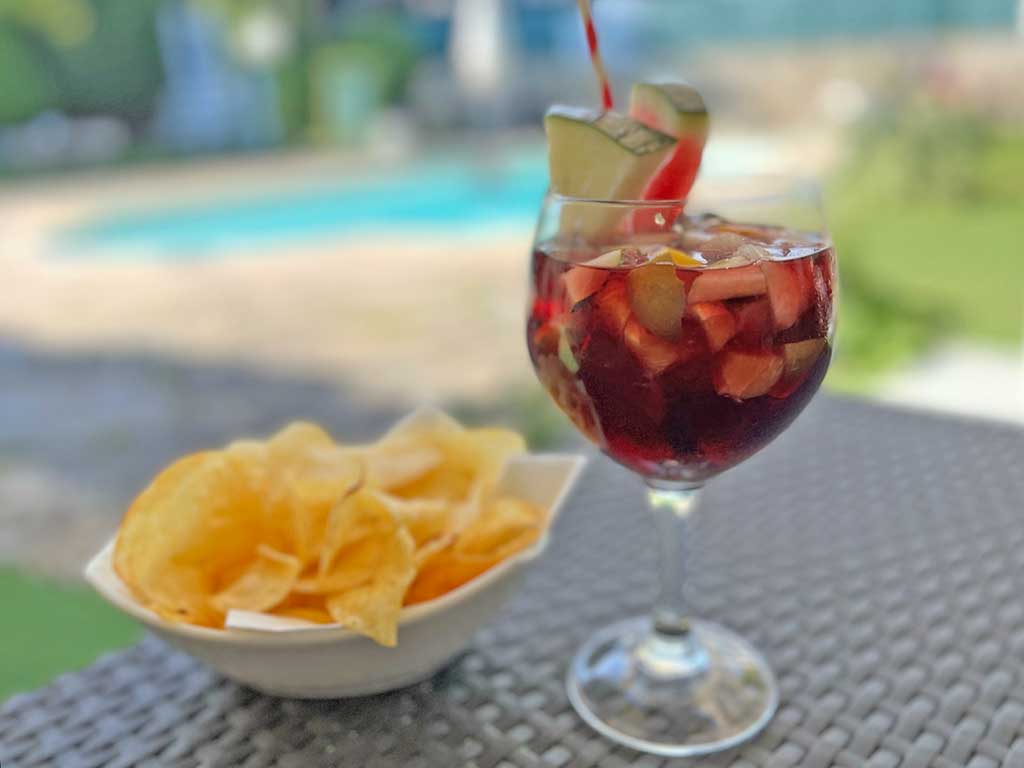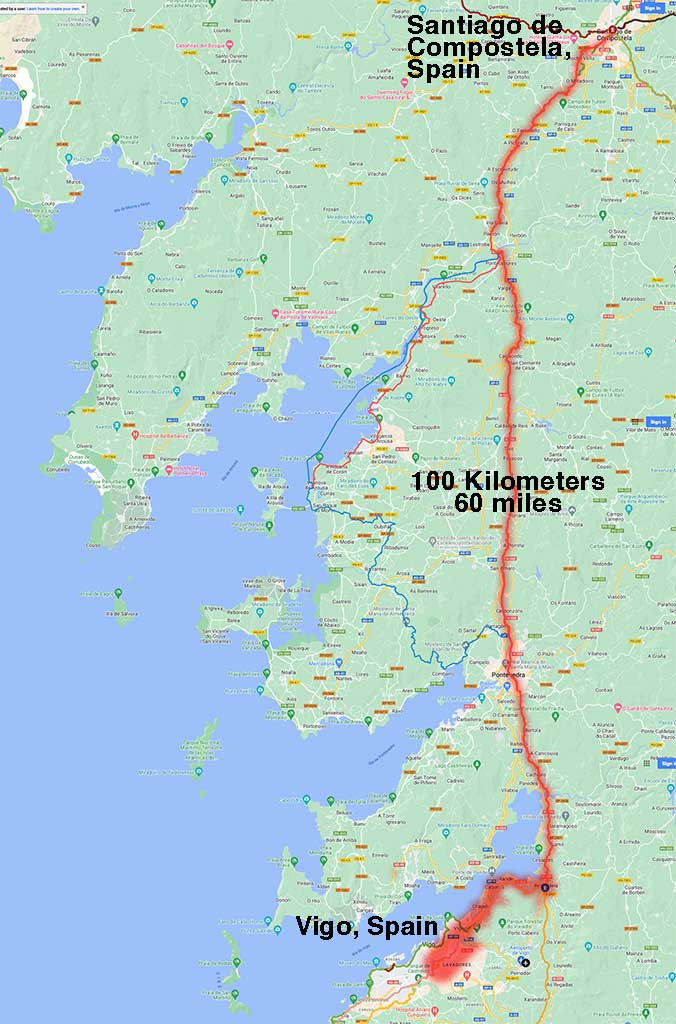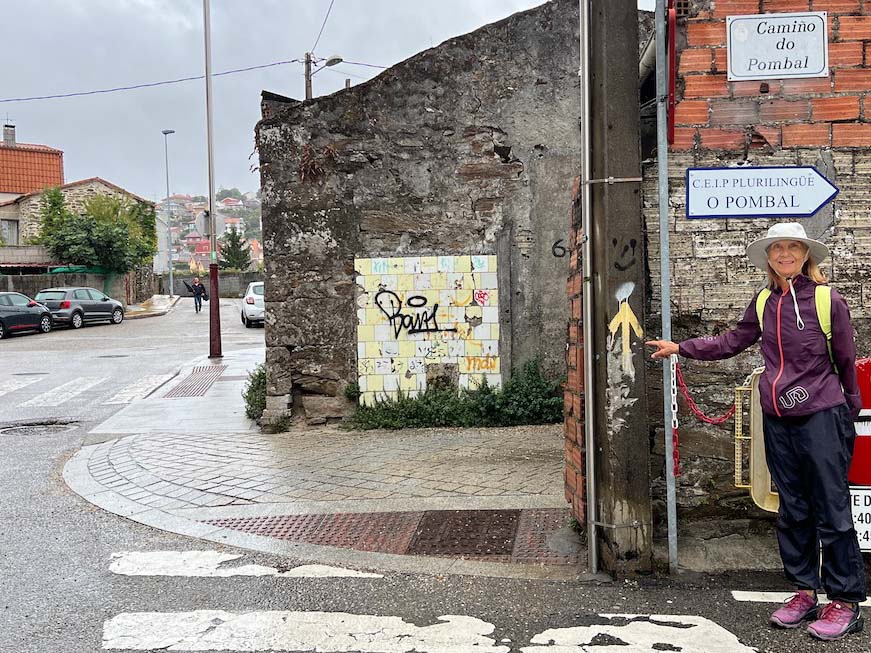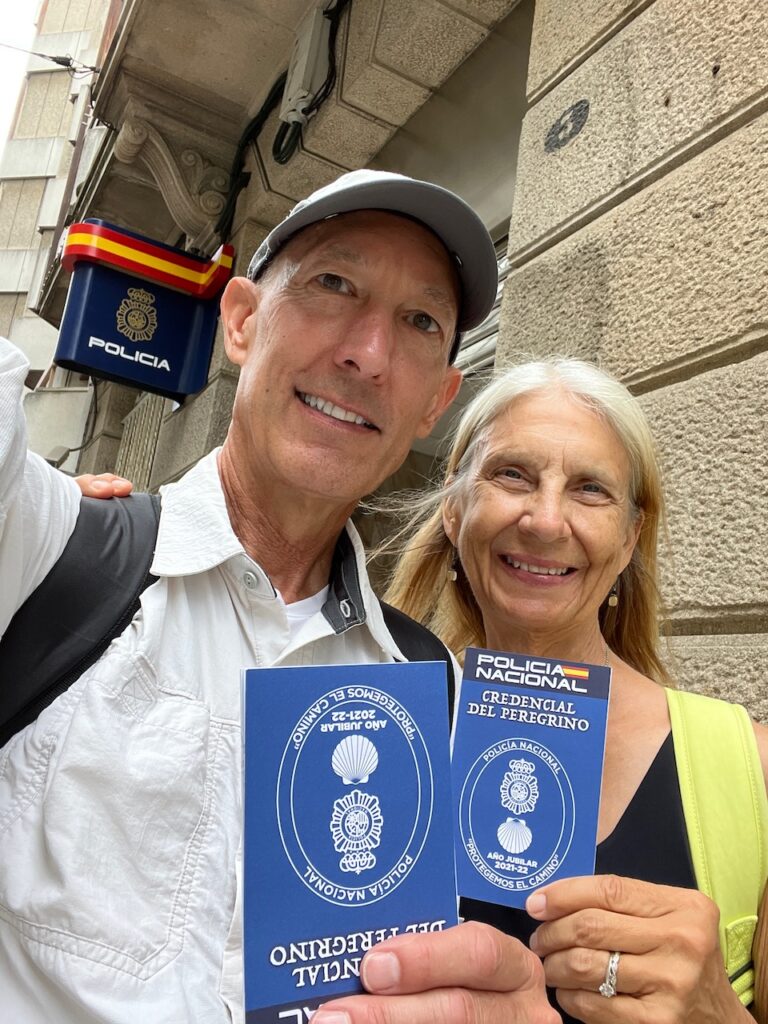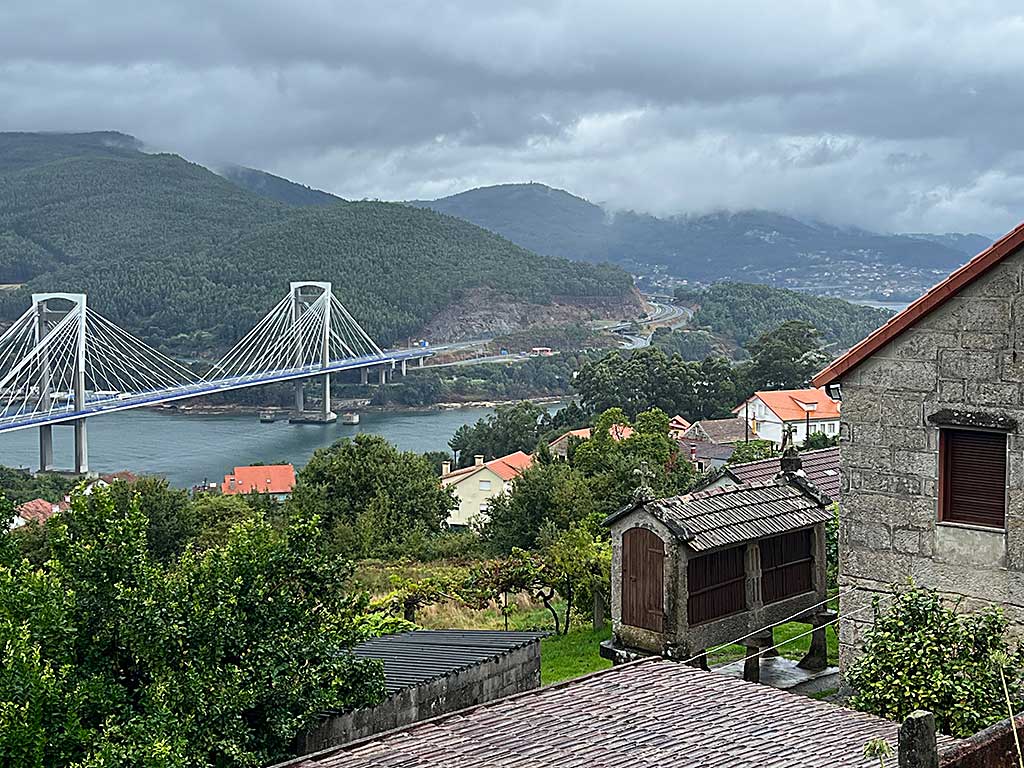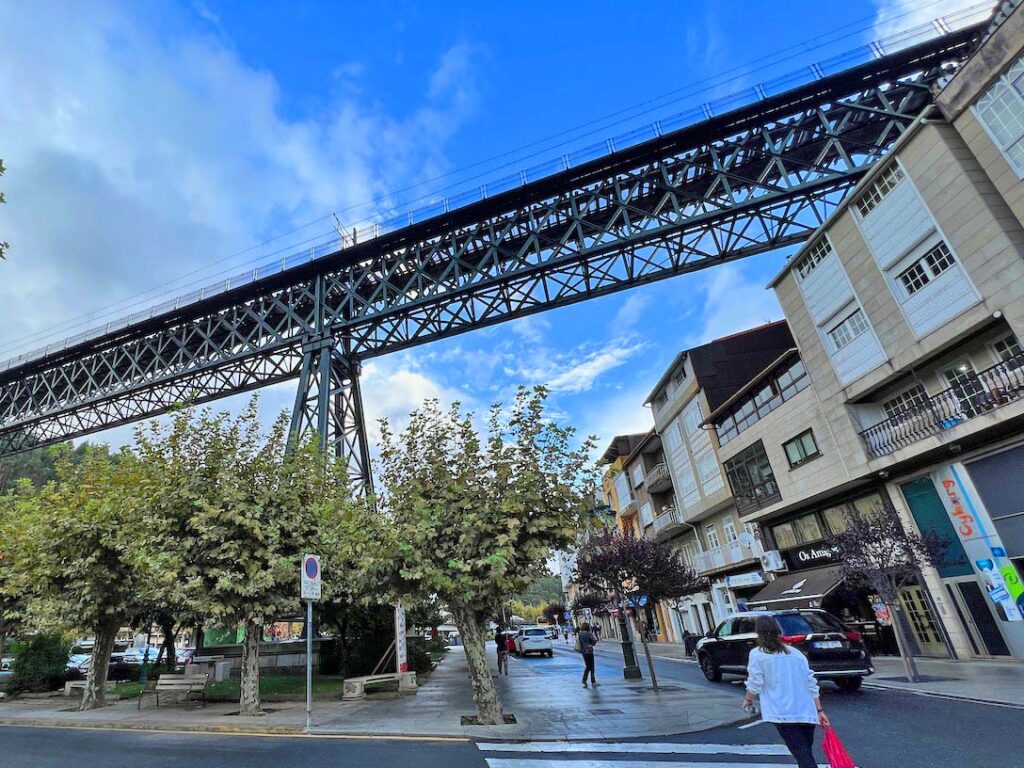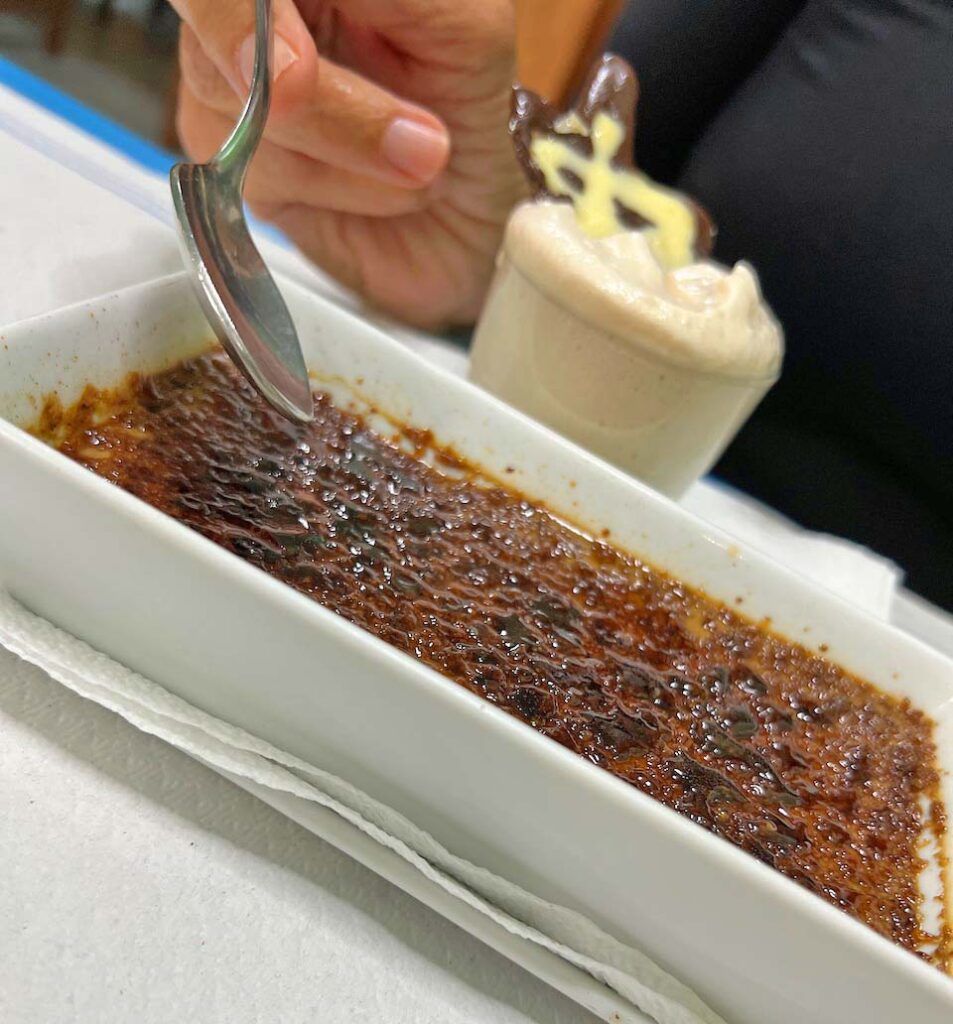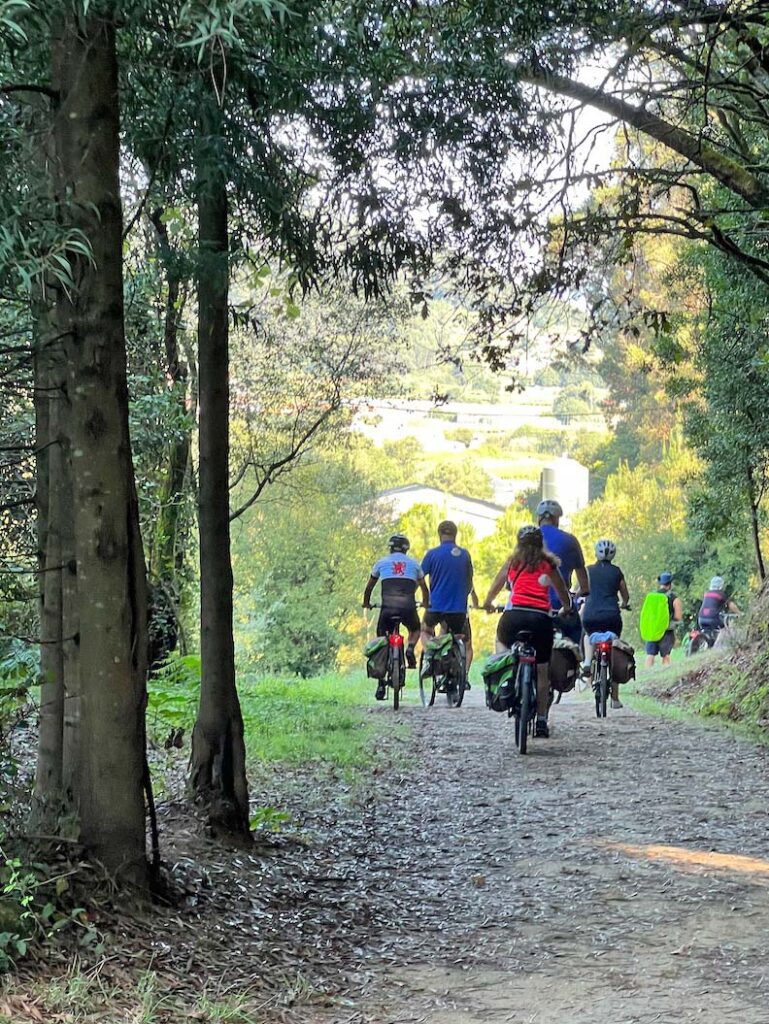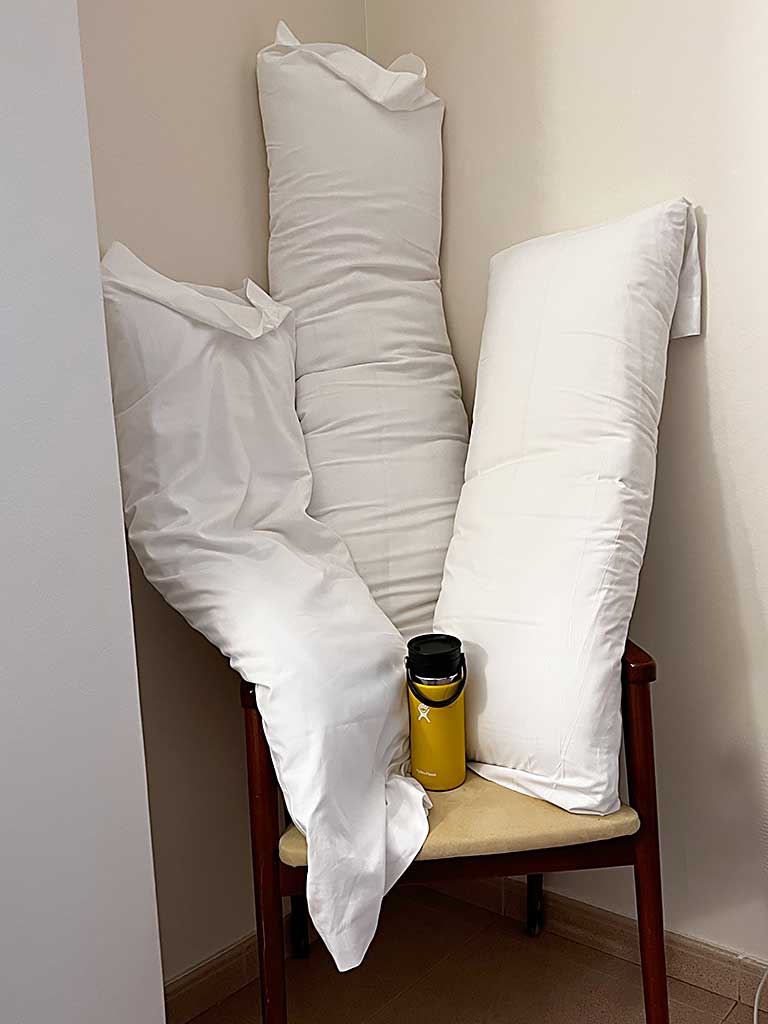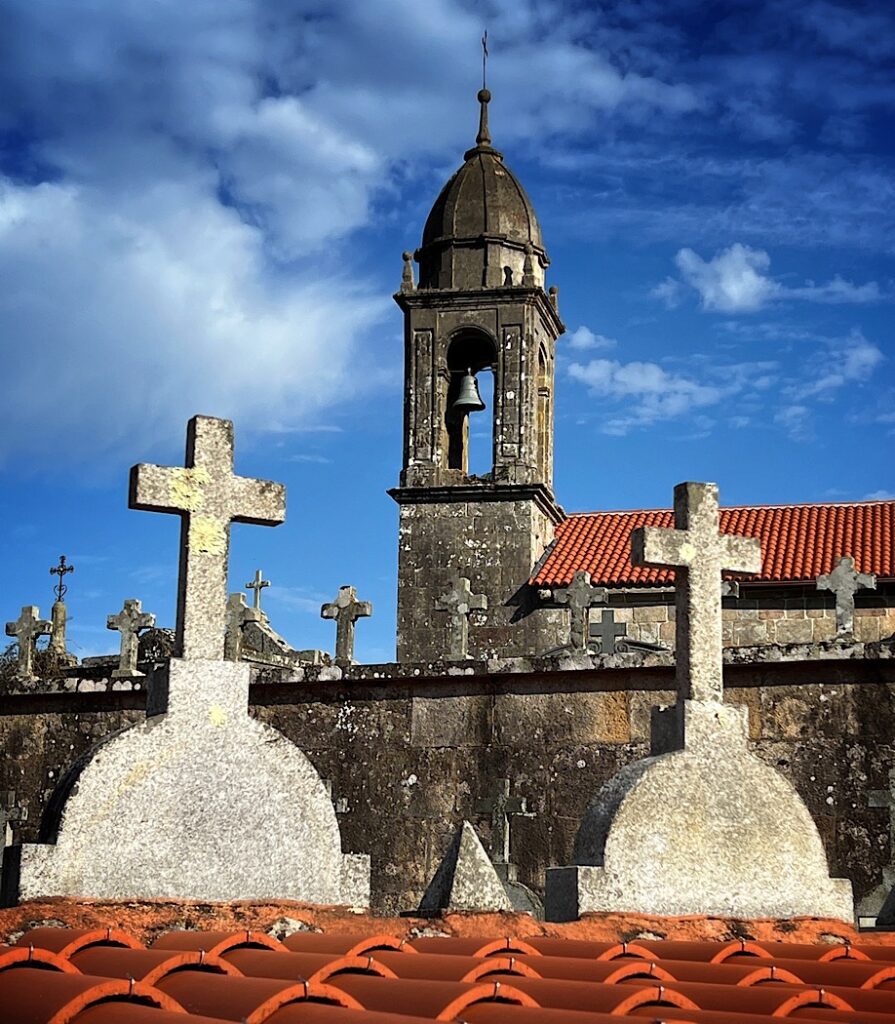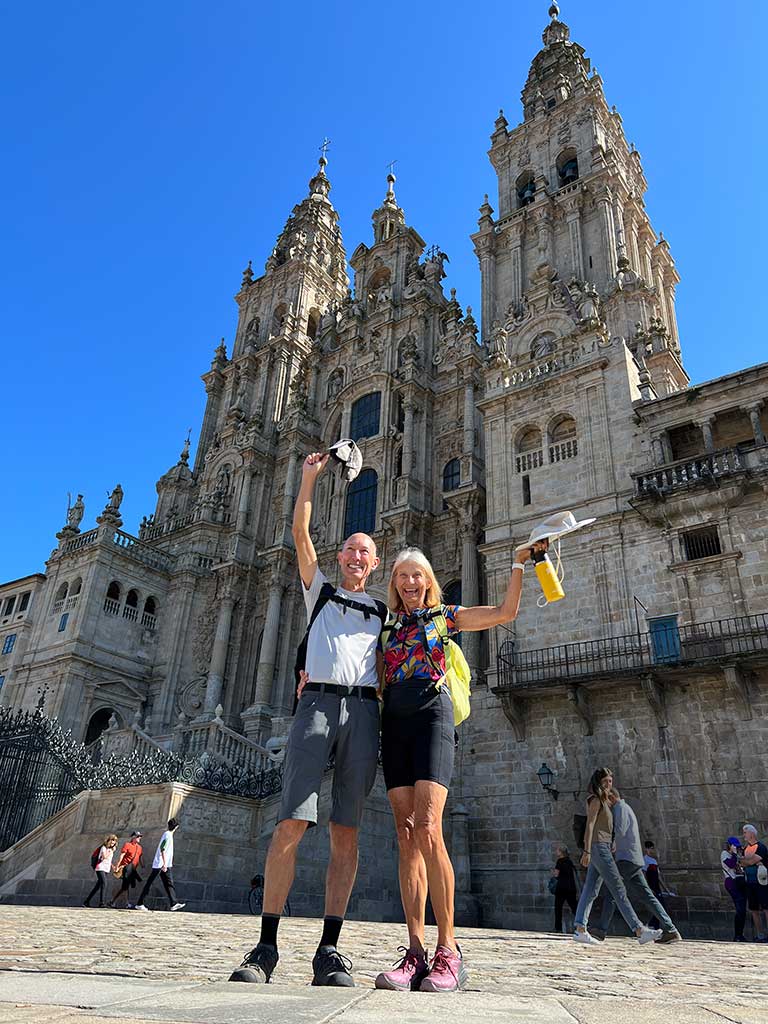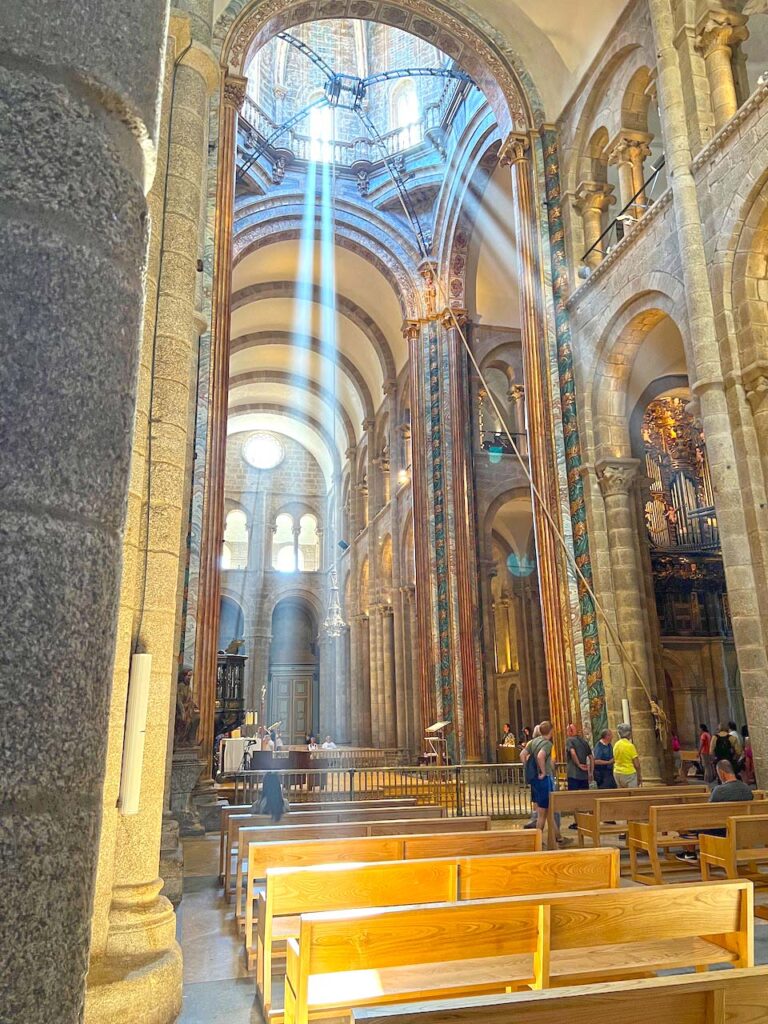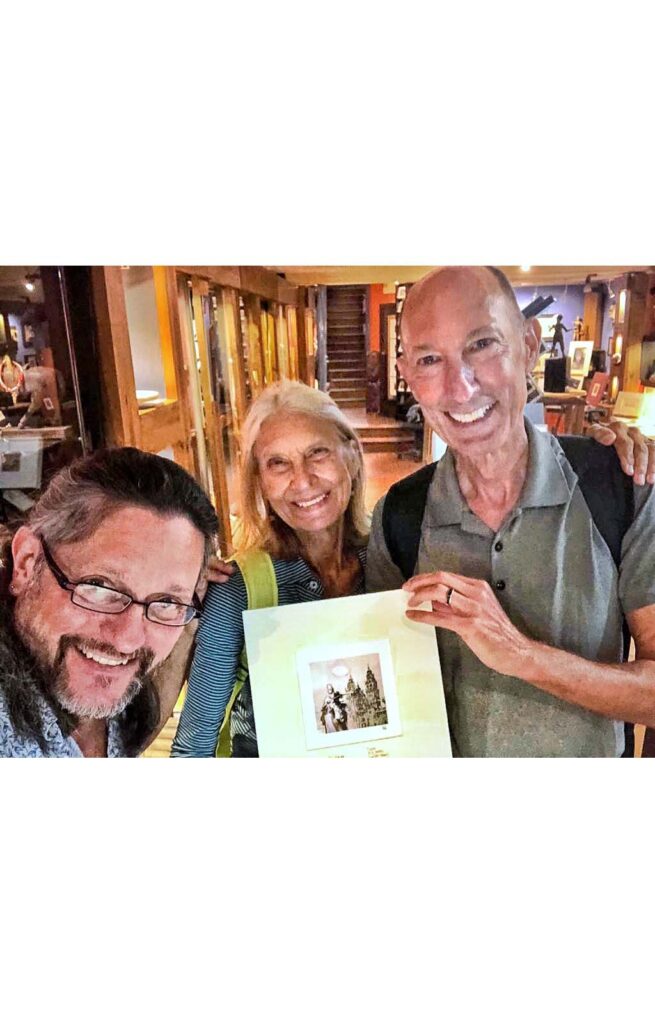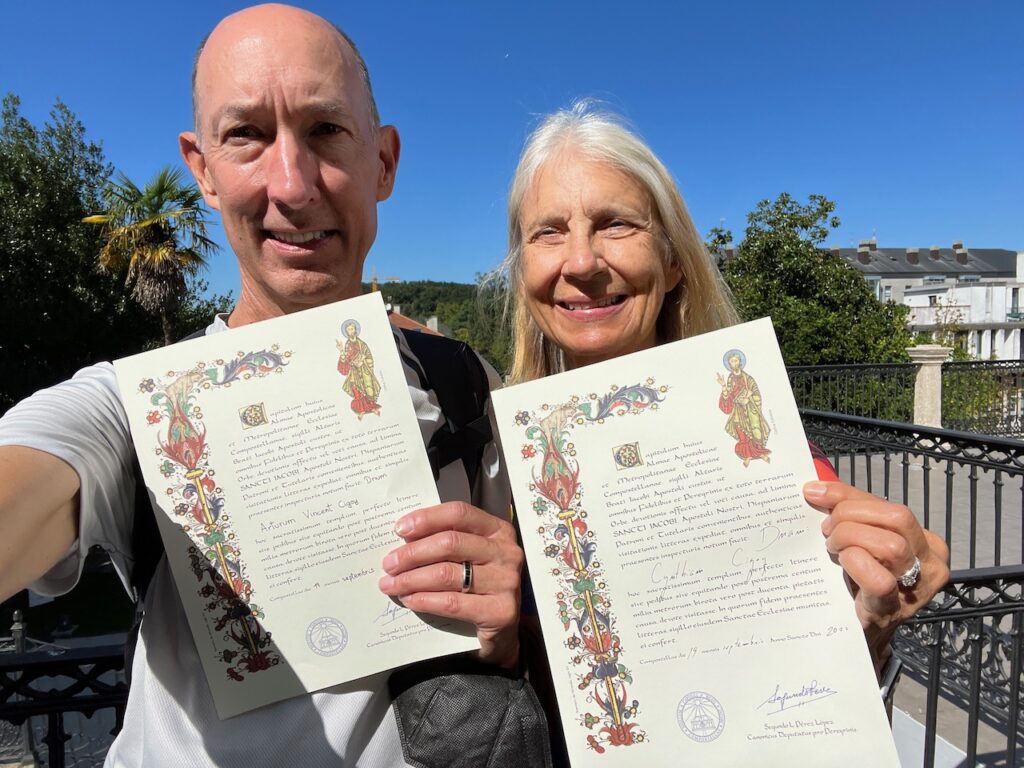Since our Camino de Santiago walk was planned for mid-September 2022 we decided to bookend it with travel in Portugal and Spain. Leaving Chicago’s O’Hare Airport in September we tried to find Portugal and Spain’s flags in the terminal.
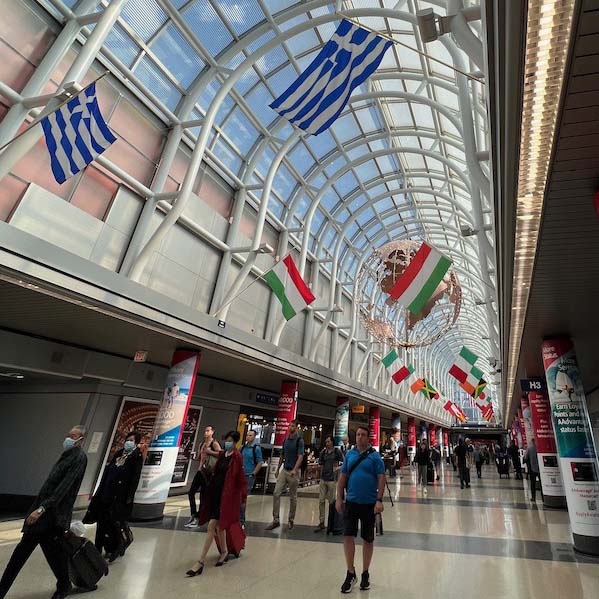
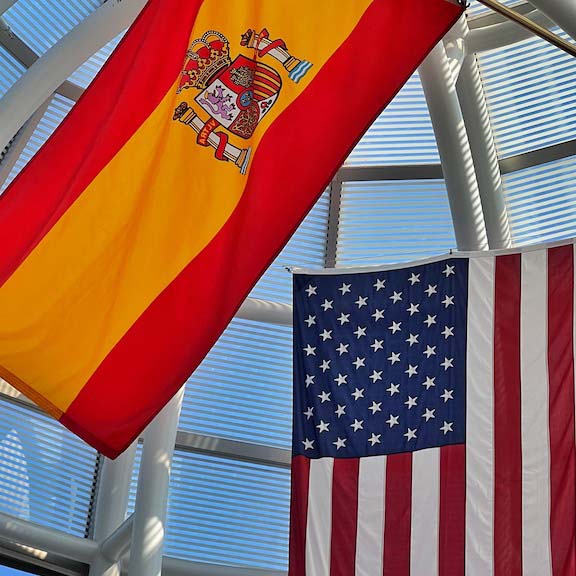
Our first city was Porto, Portugal. Our Airbnb was in the Old Town near the Douro River which allowed us to walk wherever we wanted to go.
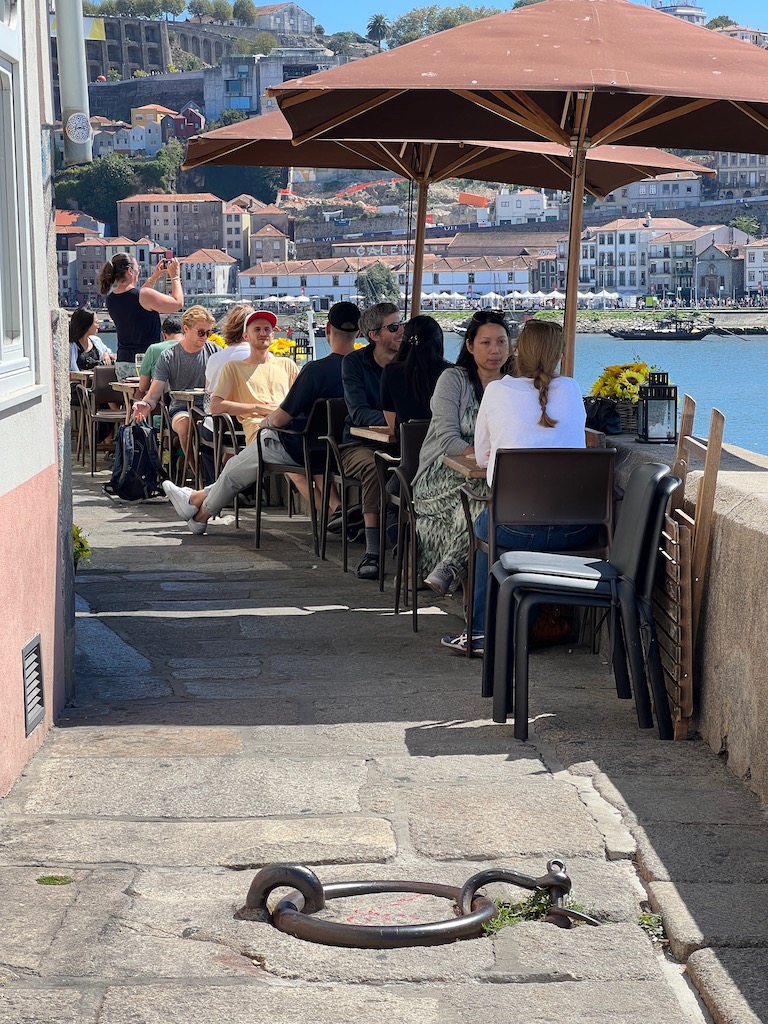
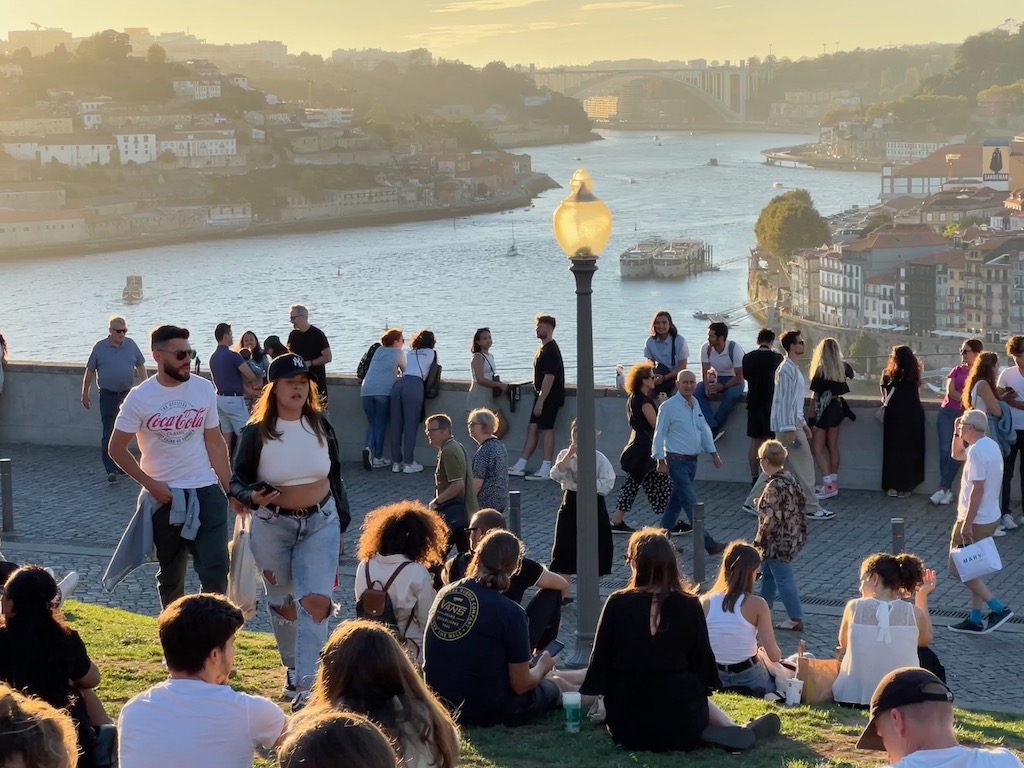
Of course we crossed the Rio Douro to sample port wine at one of the wineries, we chose Taylor’s Winery.
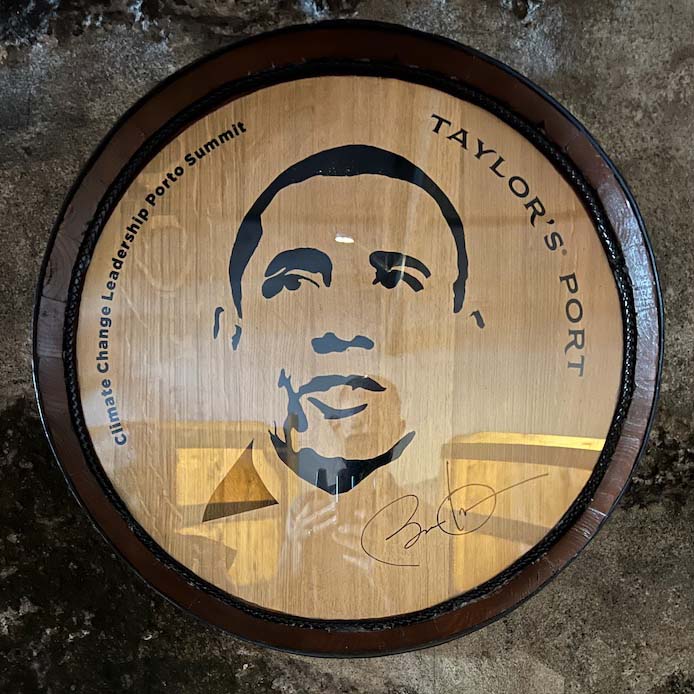
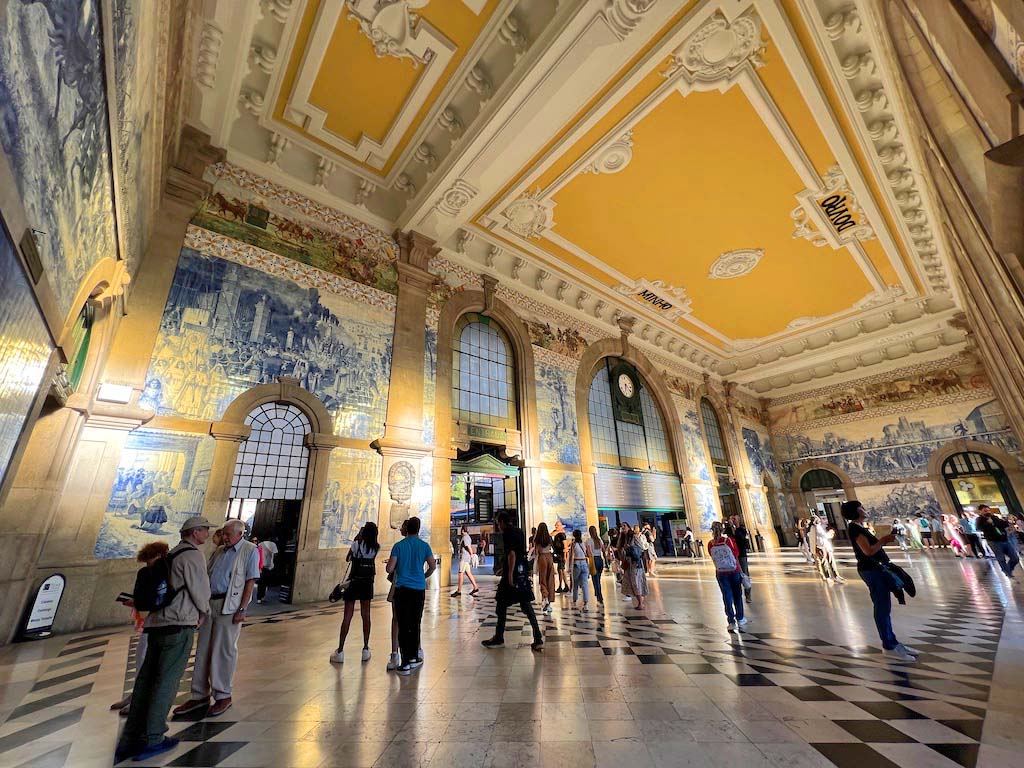
From Porto we headed to Vigo, Spain where our Camino de Santiago walk would begin. Our first night in Vigo we stayed on the Porta do Sol, right by the El Sireno monument.
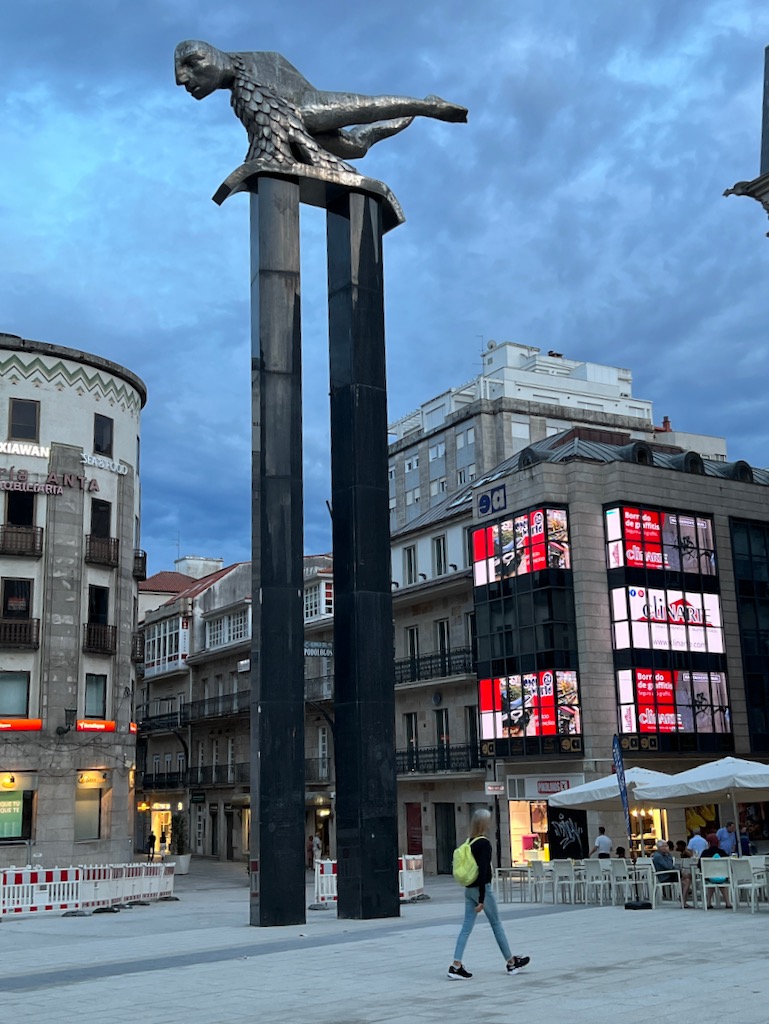
After the Camino walk we flew from Santiago, Spain back to Portugal, this time to the country’s capitol Lisbon. Two of Lisbon’s attractions are the trolleys and the cobblestone paver sidewalks. The wavy tile pattern in Lisbon’s Rossio Square pavers is meant to invoke water, it also messed with Cindy’s balance a bit as she crossed it.
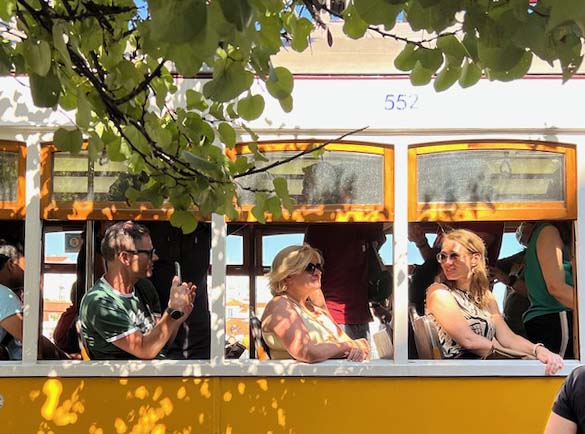
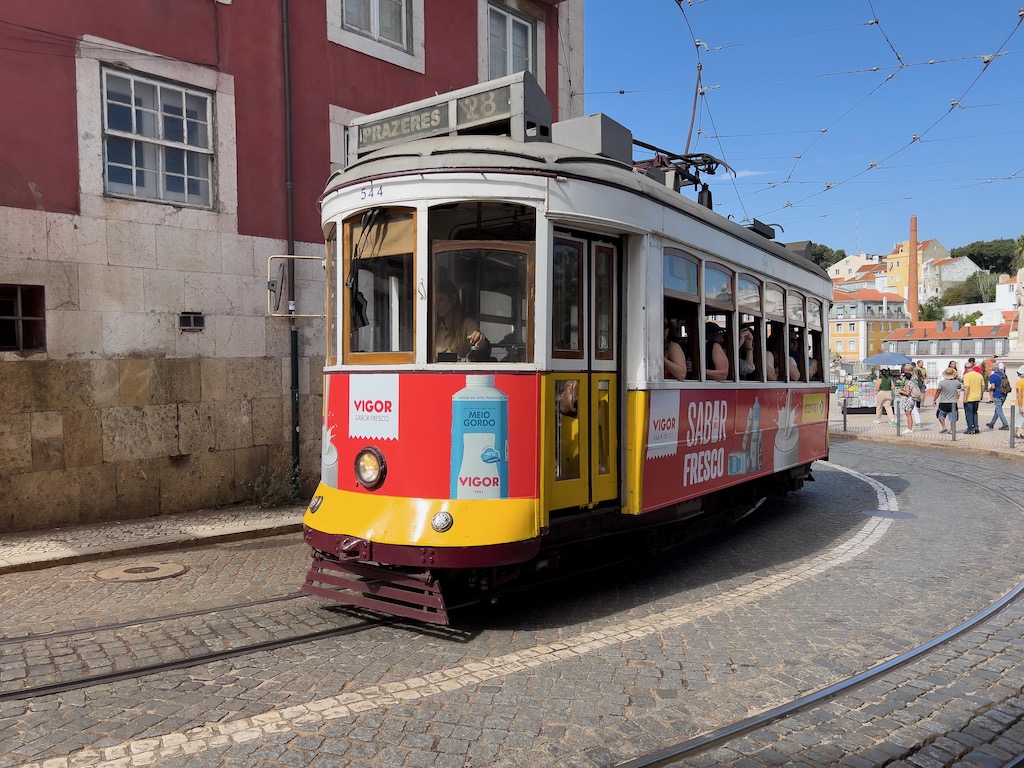
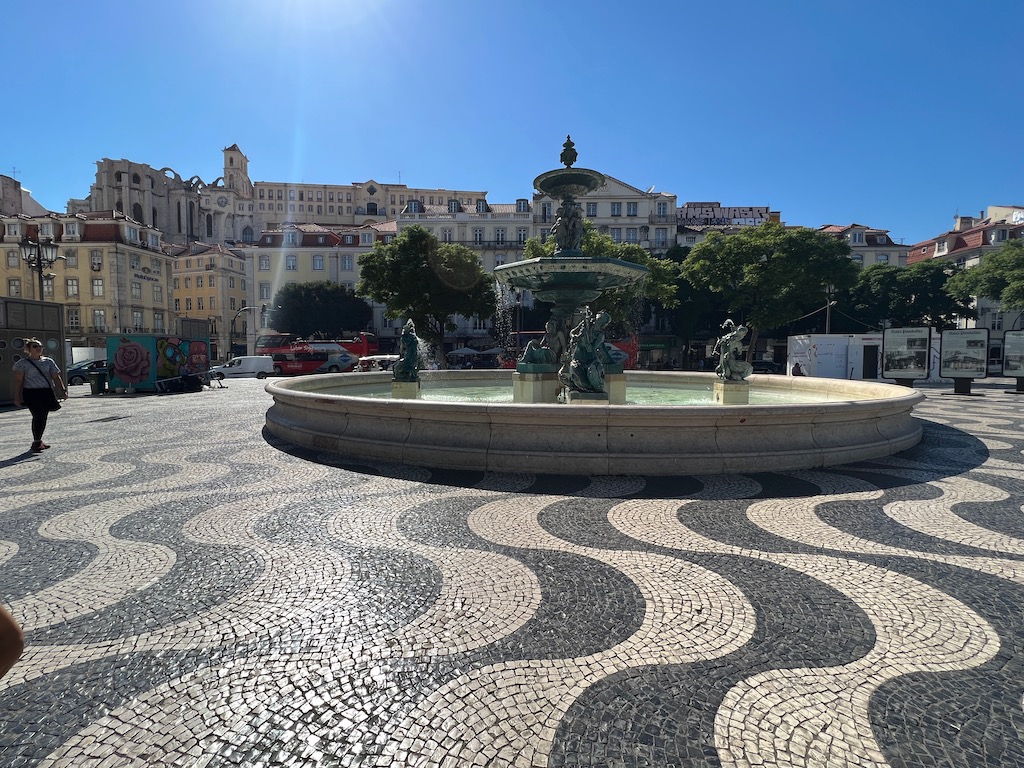
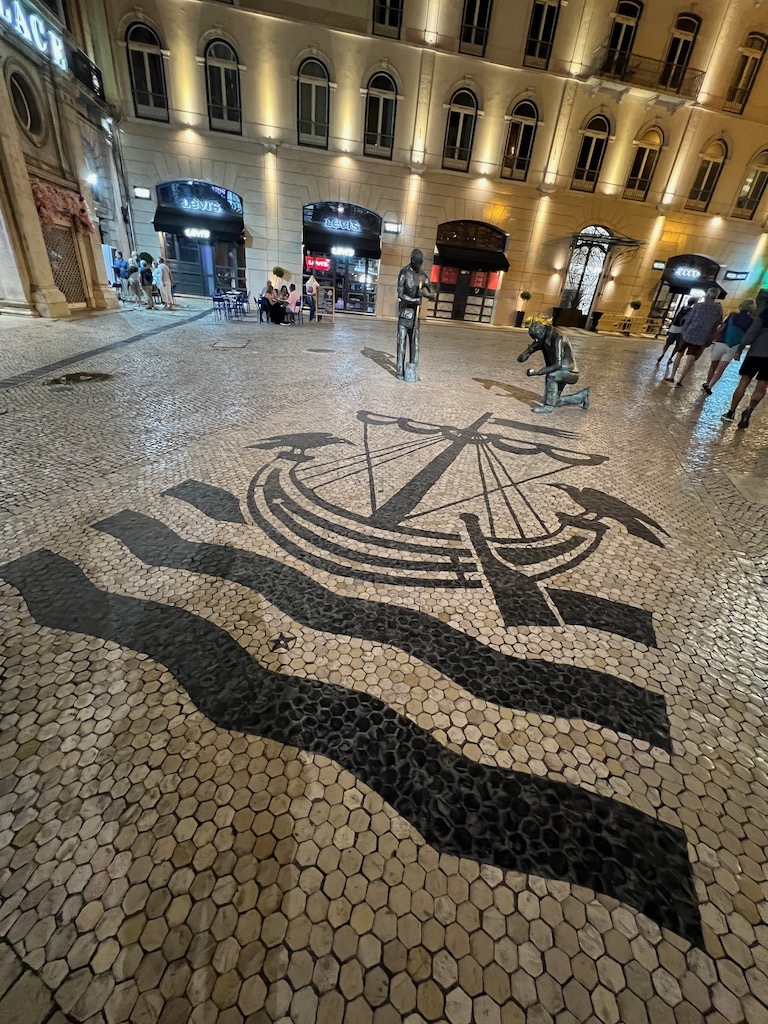
While in Lisbon we did a side trip by train to Sintra, Portugal to tour the Palicio Nacional de Sintra. Sintra is known for the Palacio da Pena which looks like a fairy tale castle although other buildings in Sintra are really ornate.
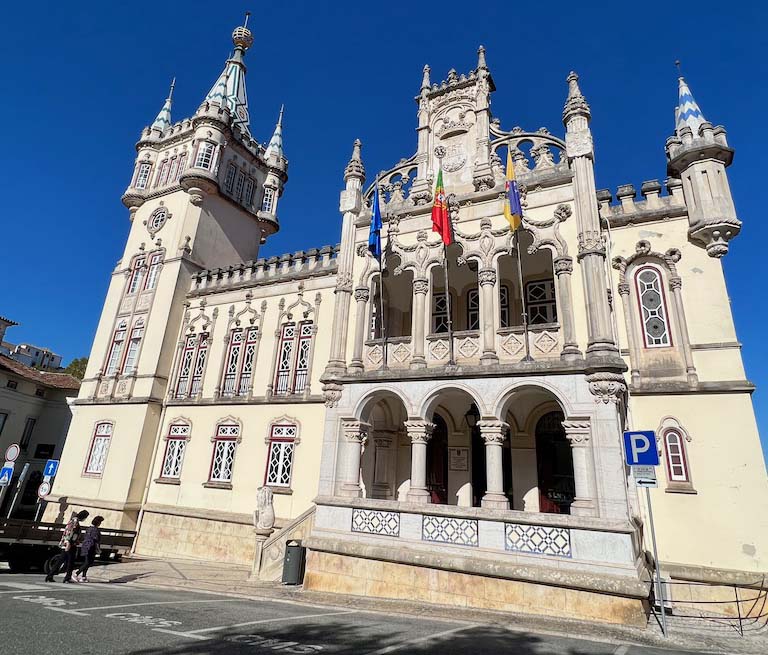
An ironic sight in the Palicio Nacional de Sintra is this wall with portraits of quite plain-looking people and a mirror stating “Only the illustrious deserve to be painted”, the 15th century equivalent to Instagram I guess.
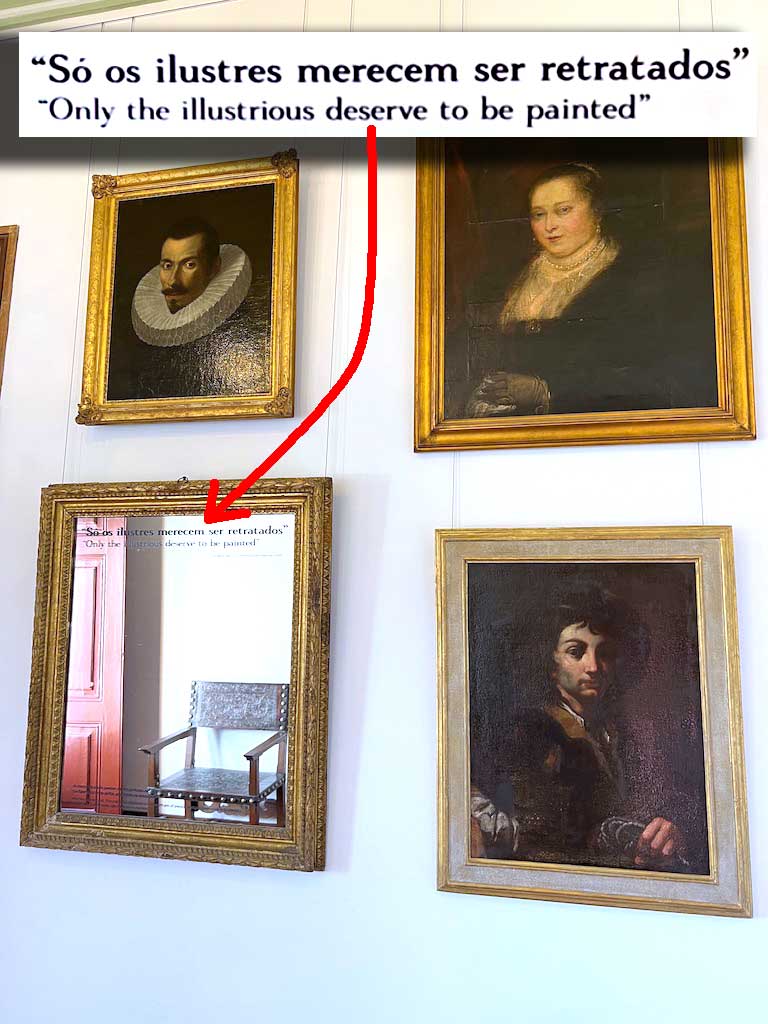
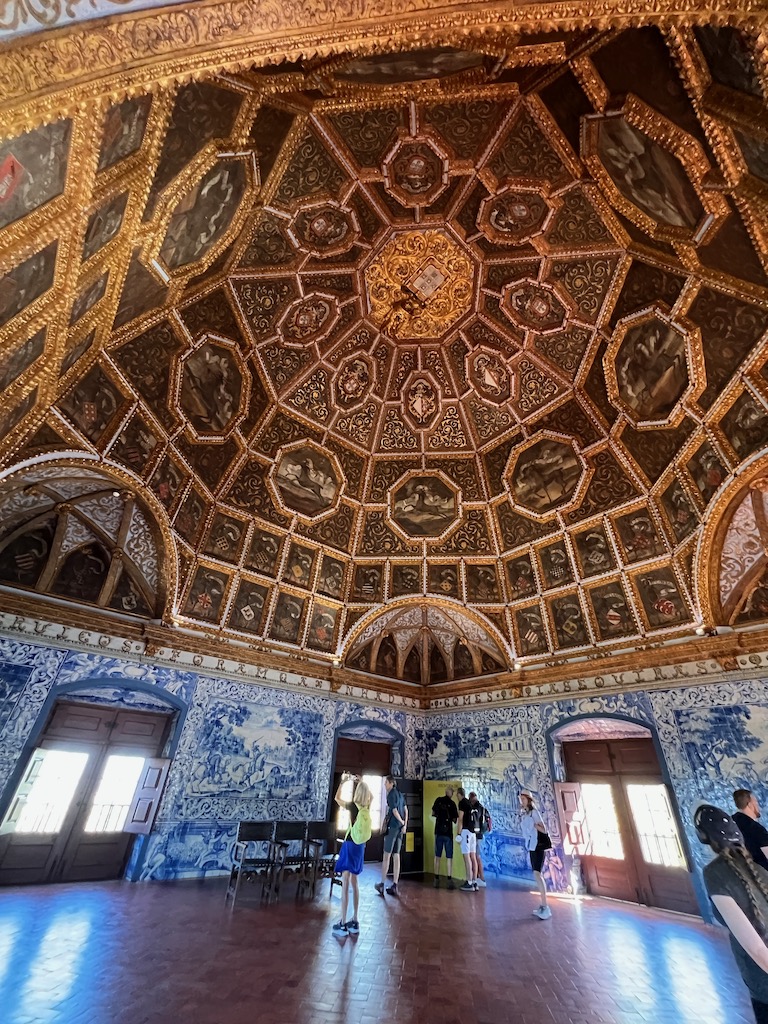
Leaving Lisbon, we headed to Evora, Portugal, which a friend recommended we visit because of its well-preserved town center that still has some of its medieval walls and a Roman Temple.
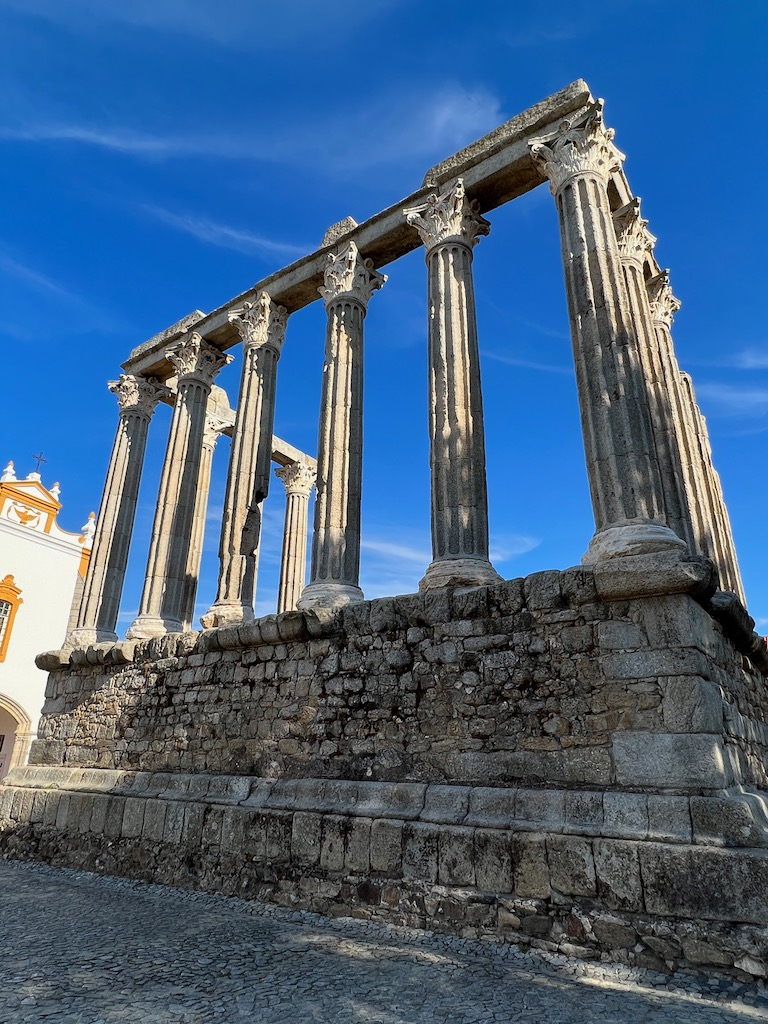
Wandering the lanes in Evora we came across a restaurant advertising Fado music that night. Fado often has mournful tunes and lyrics infused with a sentiment of resignation, fate and melancholy. We appreciated the Fado singers even though we don’t speak Portuguese.
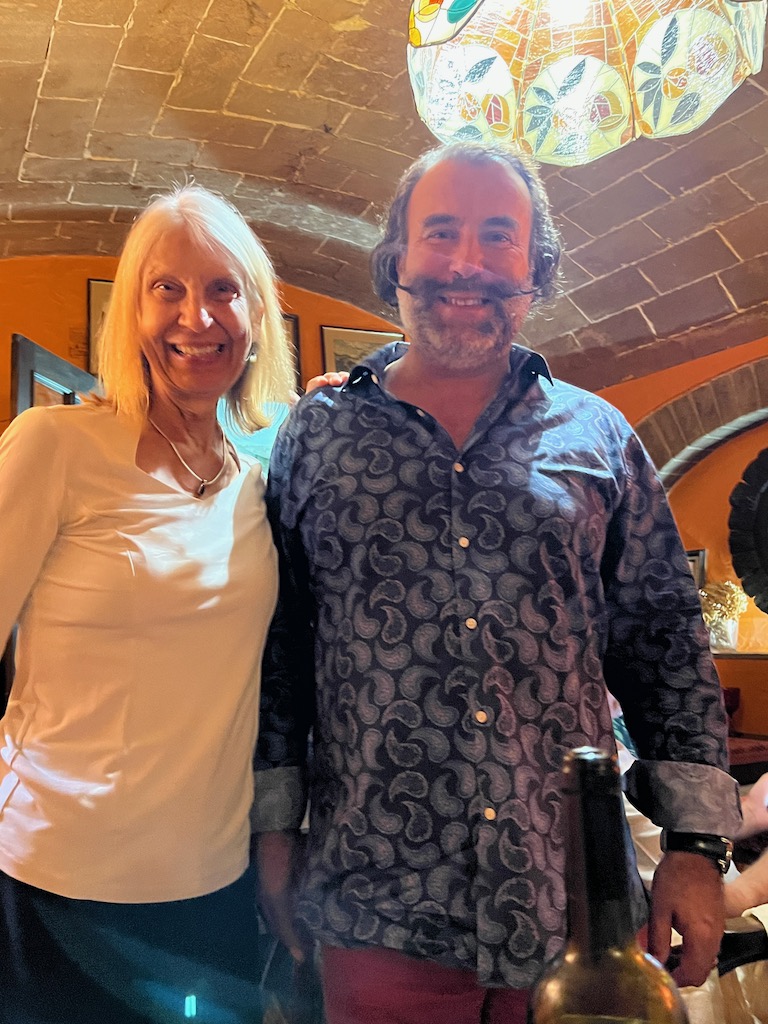
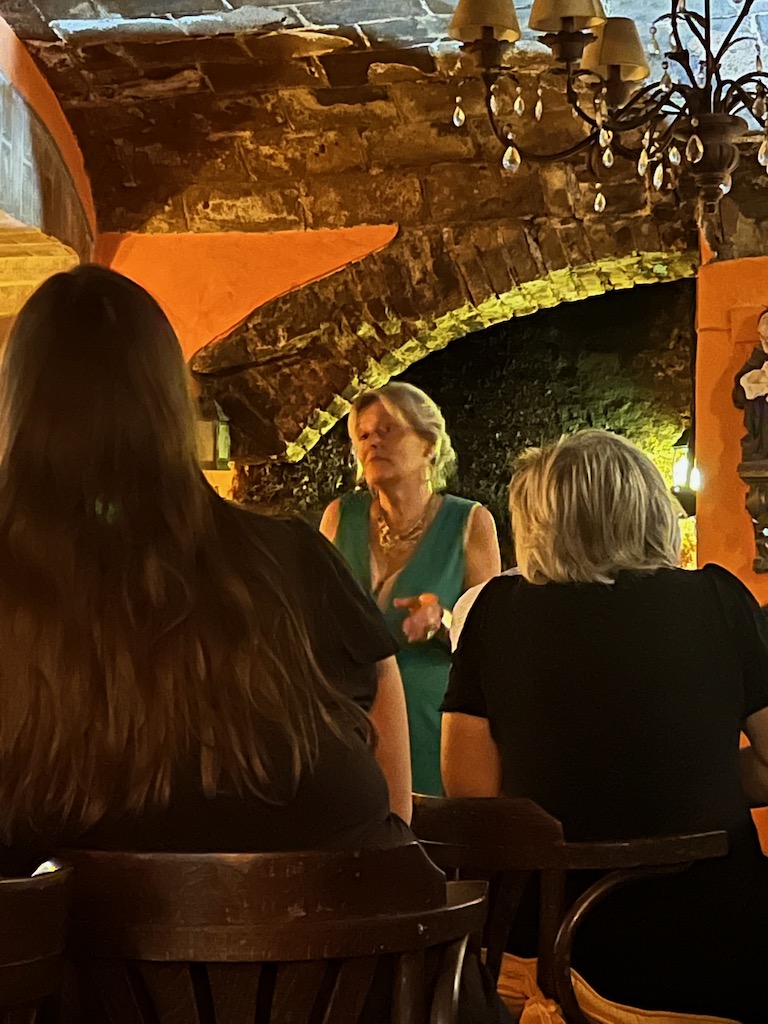
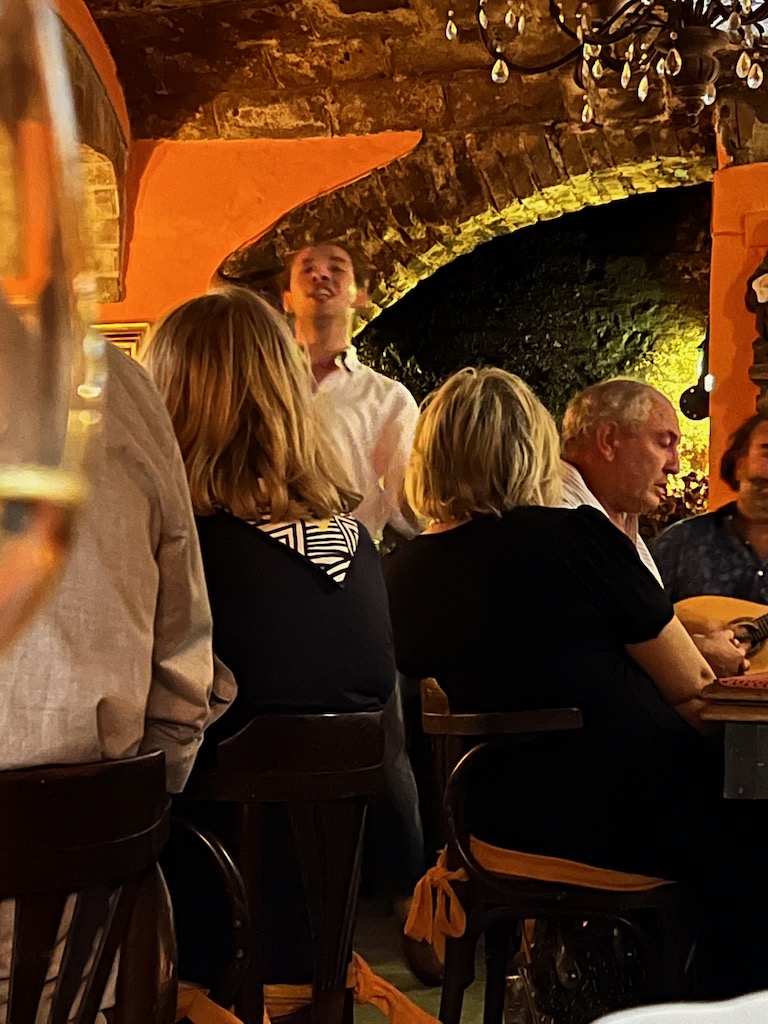
Our next destination was Seville, Spain. When we went to the Evora, Portugal bus terminal we were shocked that there wasn’t a good way to get there. We finally got advice to go to Faro, Portugal first then board another bus to Seville, so we were in for a full day of bus travel. Not at all what we thought would happen.
Arriving finally in Seville (a large town with 1.5 million people in the metro area) we had a couple of musts, one was the Real Alcazar one of the oldest palaces still in use in the world and another was to see Flamenco dancing.
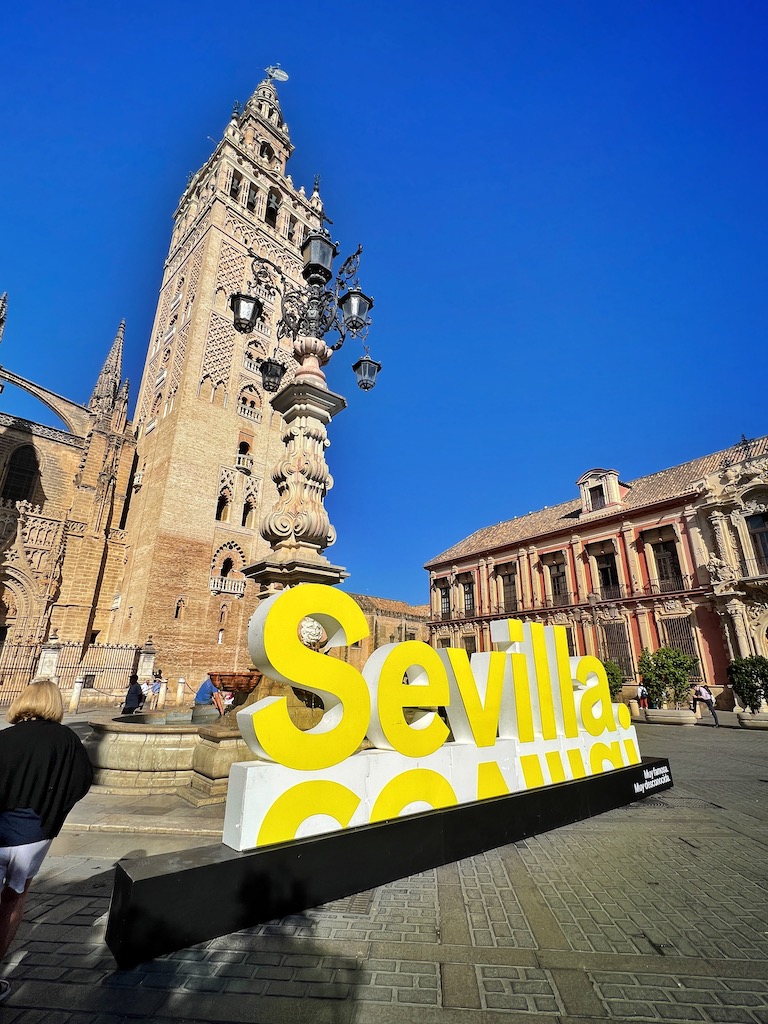
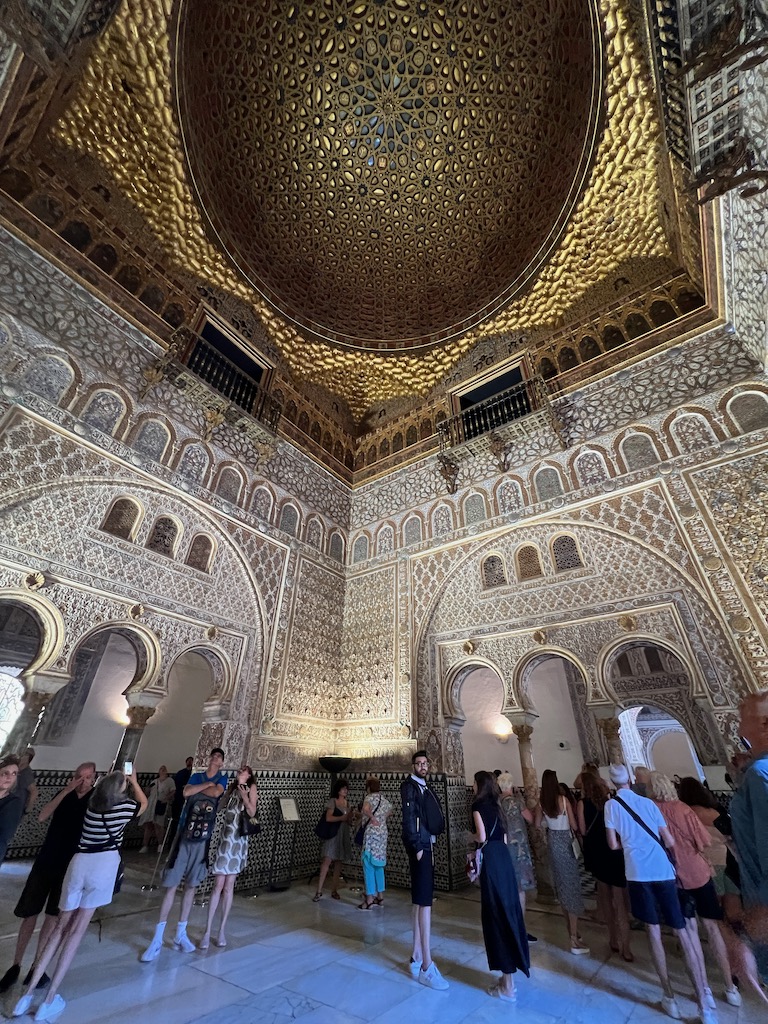
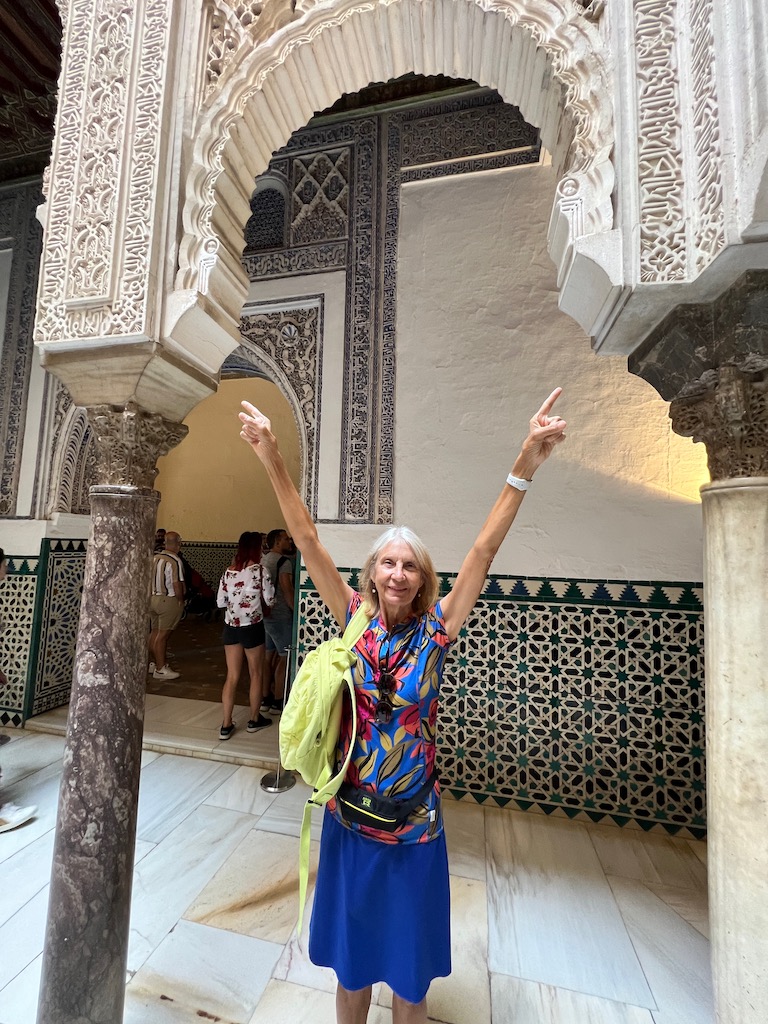
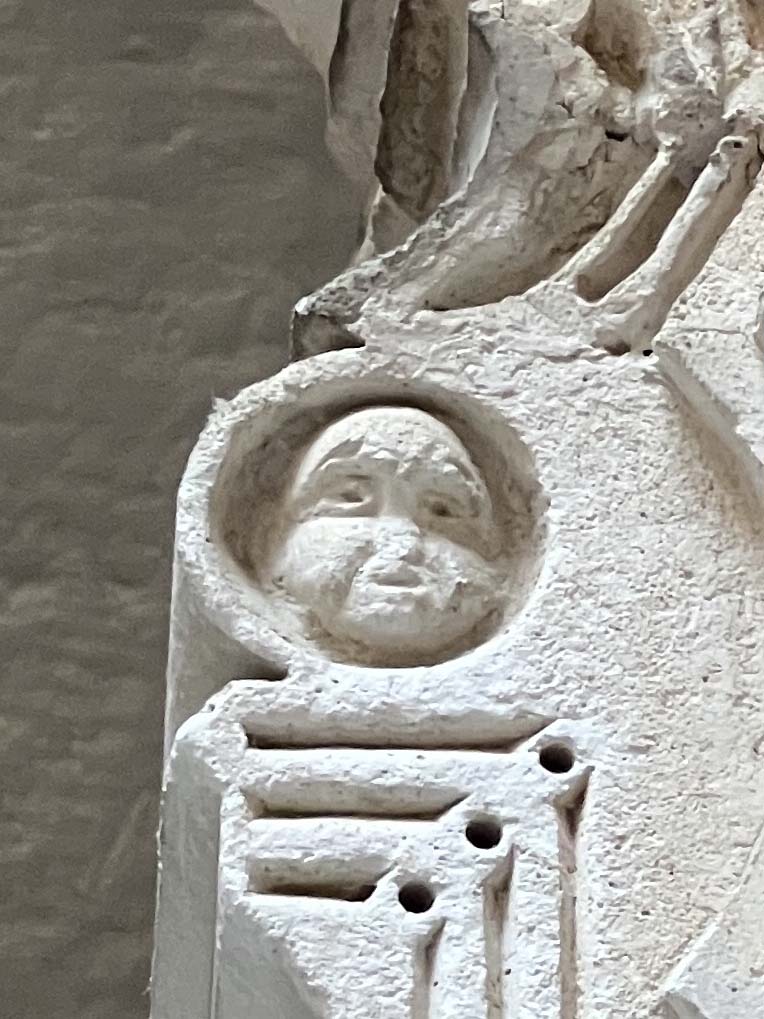
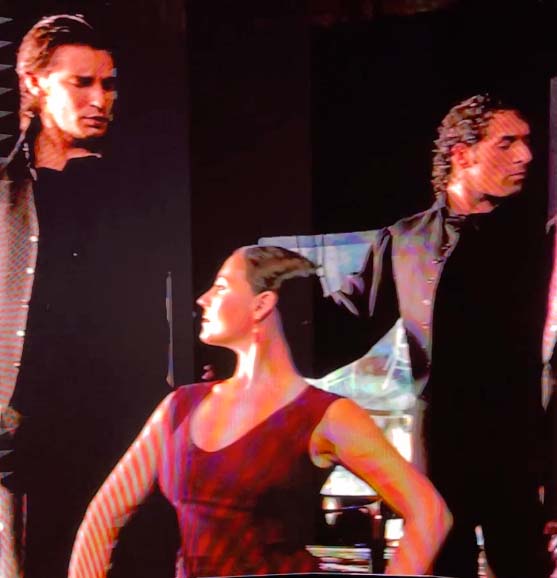
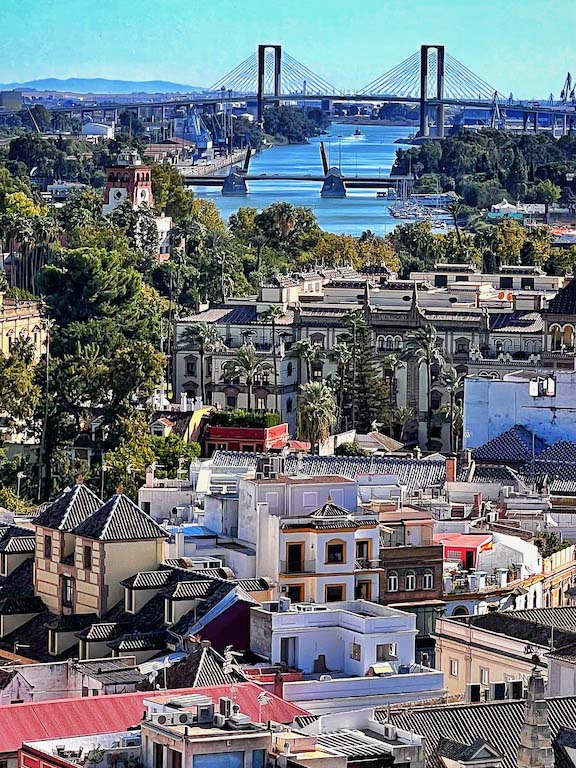
Leaving Seville we made it to Cordoba on a quick 45 minute train ride. We only had two nights in Cordoba so as soon as we checked in the Airbnb, we headed out to see the Mosque-Cathedral of Cordoba (locally called the Mezquita Catedral de Cordoba). The Mosque-Cathedral is a mosque turned into a cathedral, go figure. The mosque part is human sized and inviting, the cathedral part is overwhelming and ostentatious.
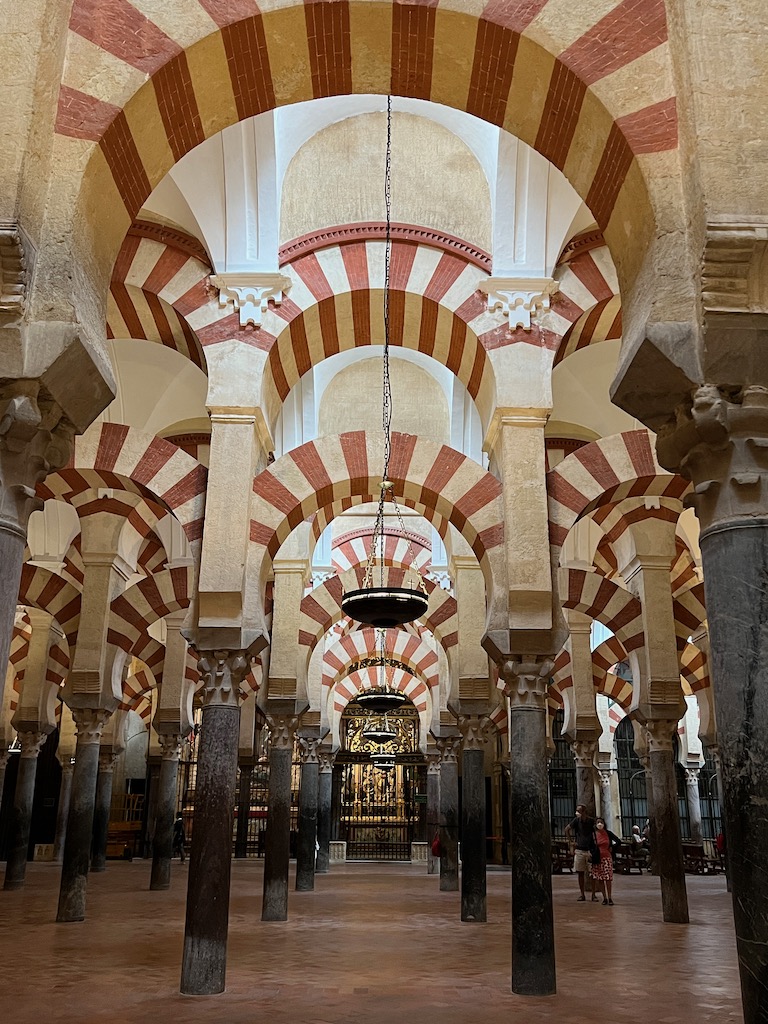
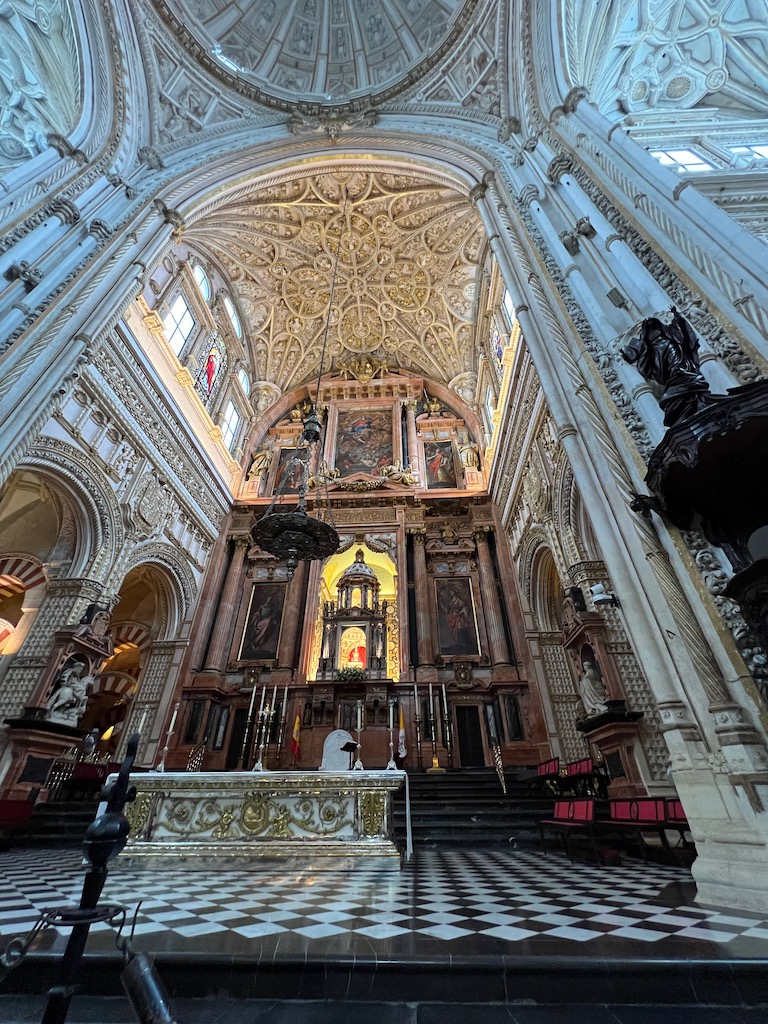
Our Airbnb in Cordoba had an alarm clock next-door, the bell tower of a church!
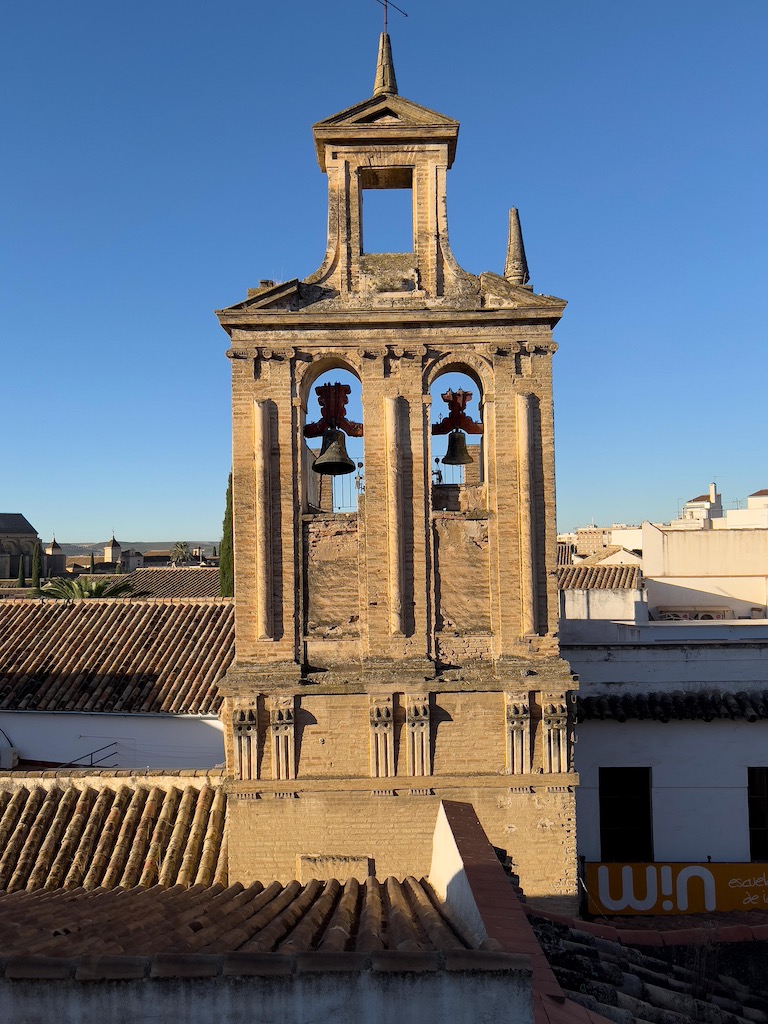
Our next stop was Ronda, this small city has the Guadalevín River running through it. The river has carved a steep 300+ foot canyon that separates the town into two parts. After a few collapsed attempts, the town completed the spectacular “New Bridge” to span the canyon in 1793.
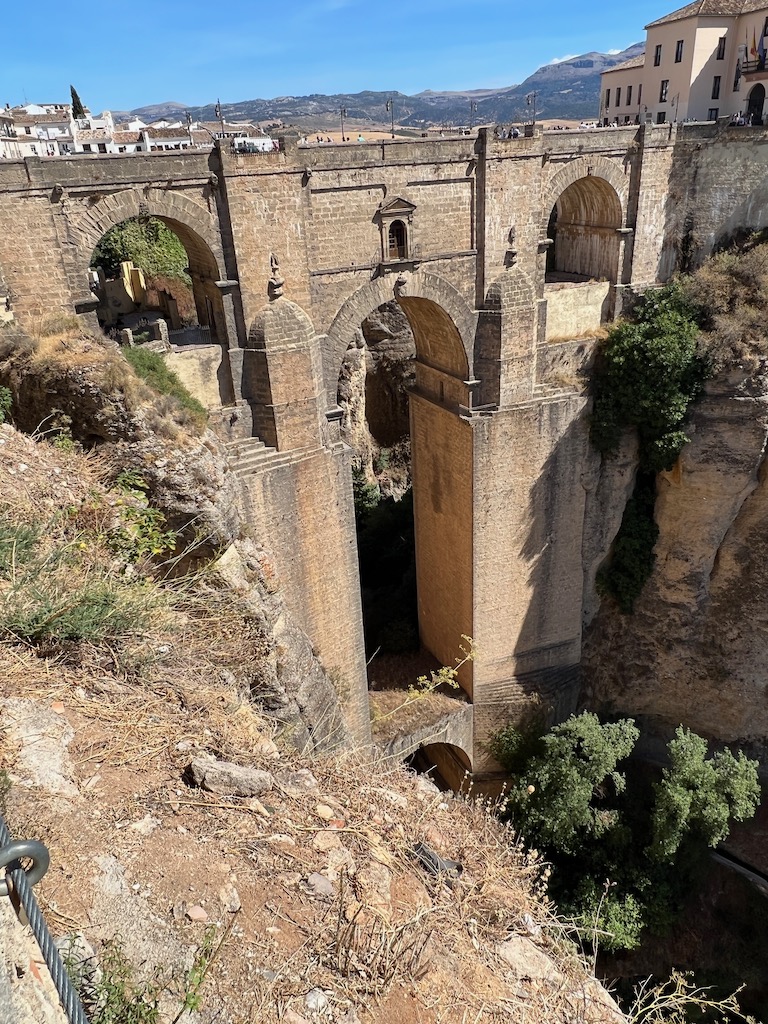
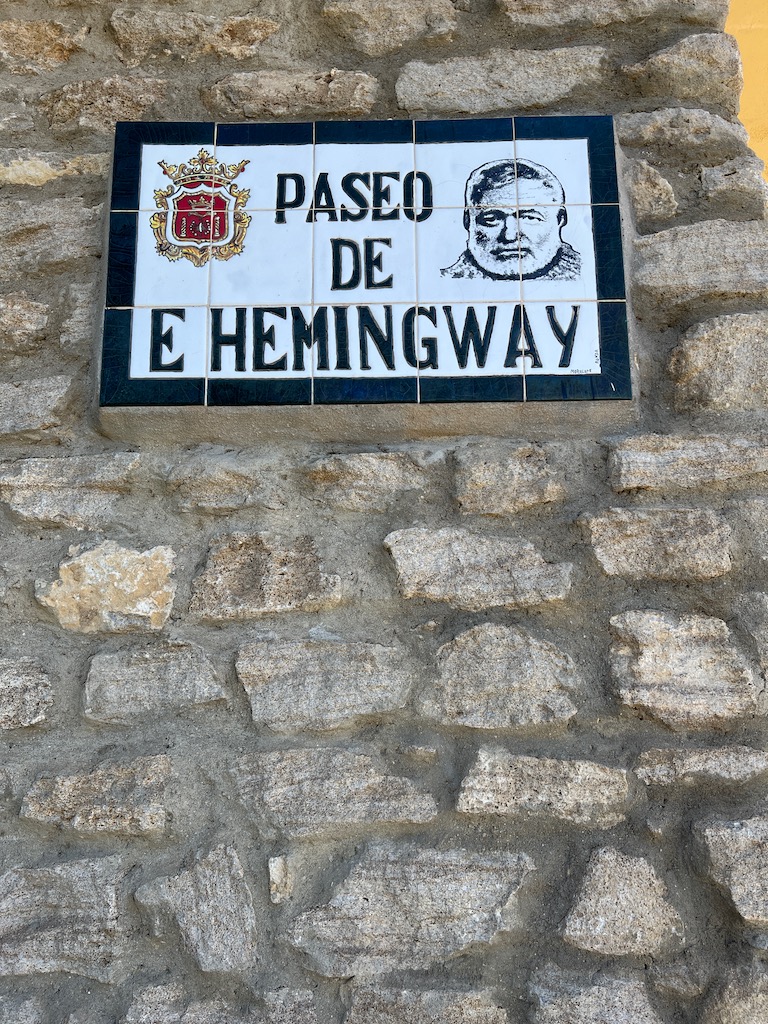
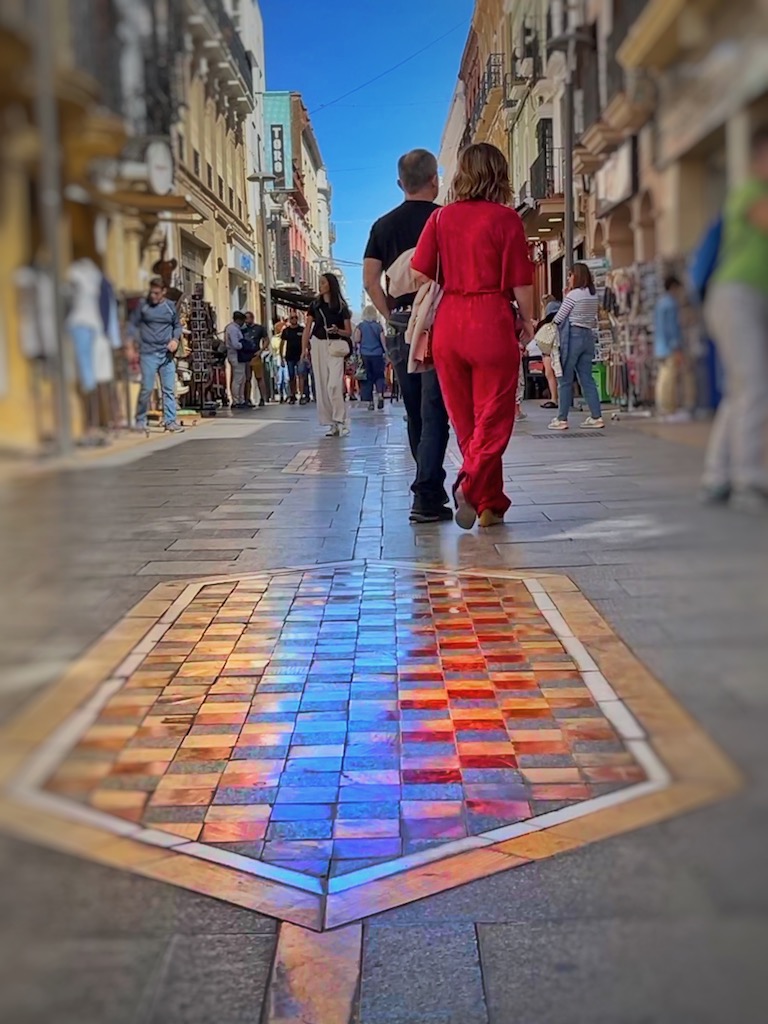
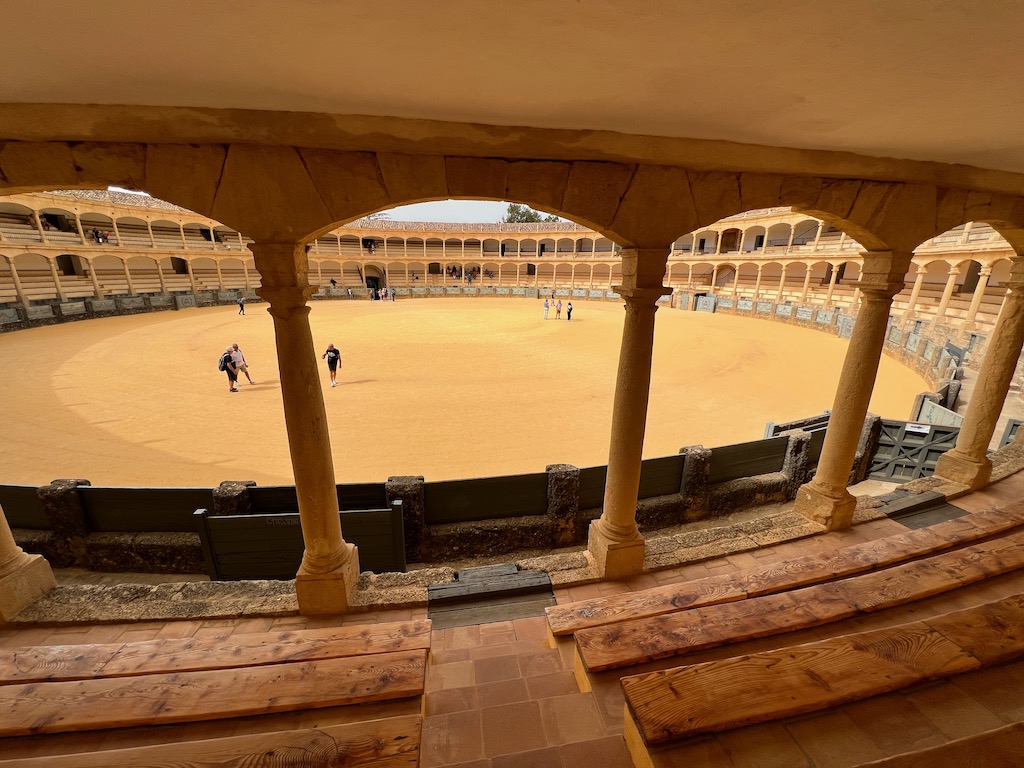
Top middle: Ernest Hemingway said “Ronda is the place where to go, if you are planning to travel to Spain for a honeymoon or for being with a girlfriend. The whole city and its surroundings are a romantic set. … Nice promenades, good wine, excellent food, nothing to do.”
Top right: Ronda’s main drag Carrera Espinel is perfect for a “paseo” (stroll).
Bottom: Ronda was one of the cradles of modern bullfighting its bullring is now a wonderful museum.
Ronda’s a popular tourist destination and with good reason, it has history, welcoming streets, ancient buildings and that spectacular cliff view. But onward we go, our next stop is Granada, Spain and its La Alhambra “the best preserved Medieval Muslim City in the world”.
A couple of train rides got us to Granada in time to drop our bags at the Airbnb and head out to the Moorish quarter where we read there’s a great sunset view of the La Alhambra.
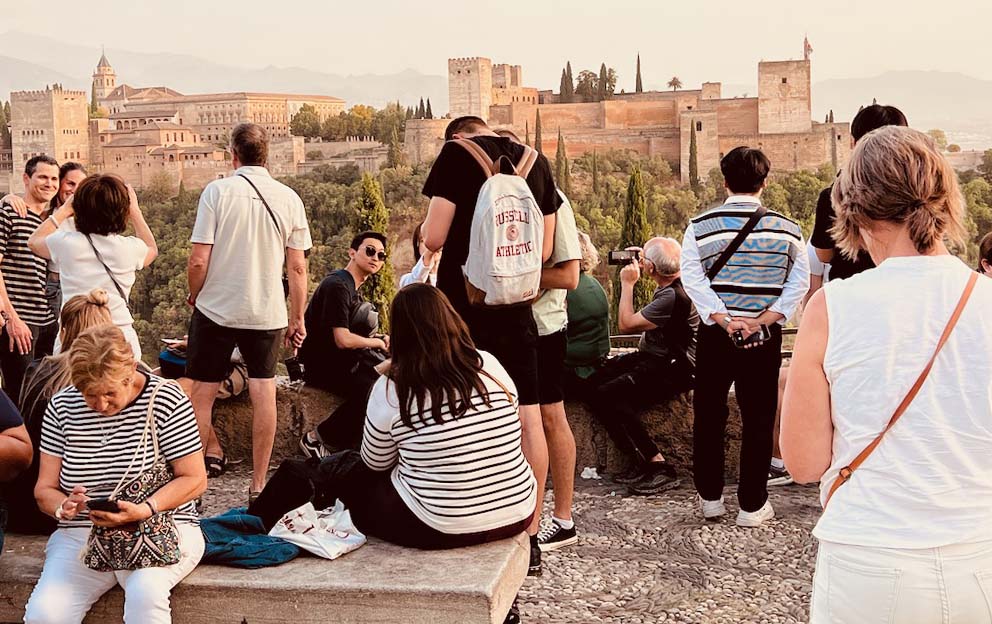
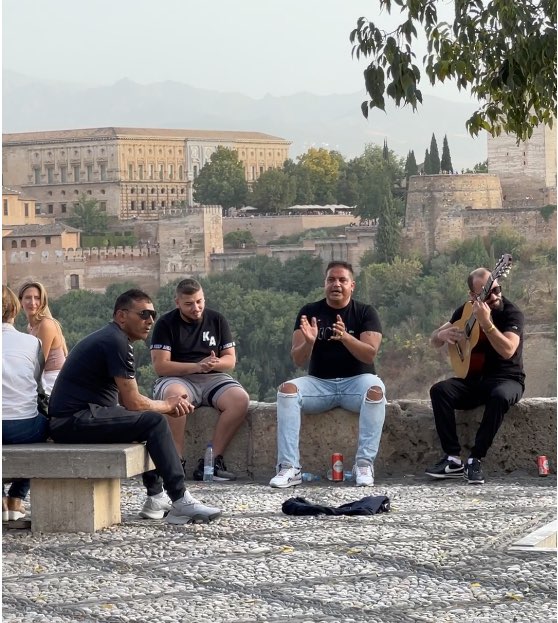
We had tried to get tickets to La Alhambra a few days prior and found them sold out. Slightly panicked we looked in the guidebook and it mentioned the Granada Pass may get us in. We looked into that and it worked!
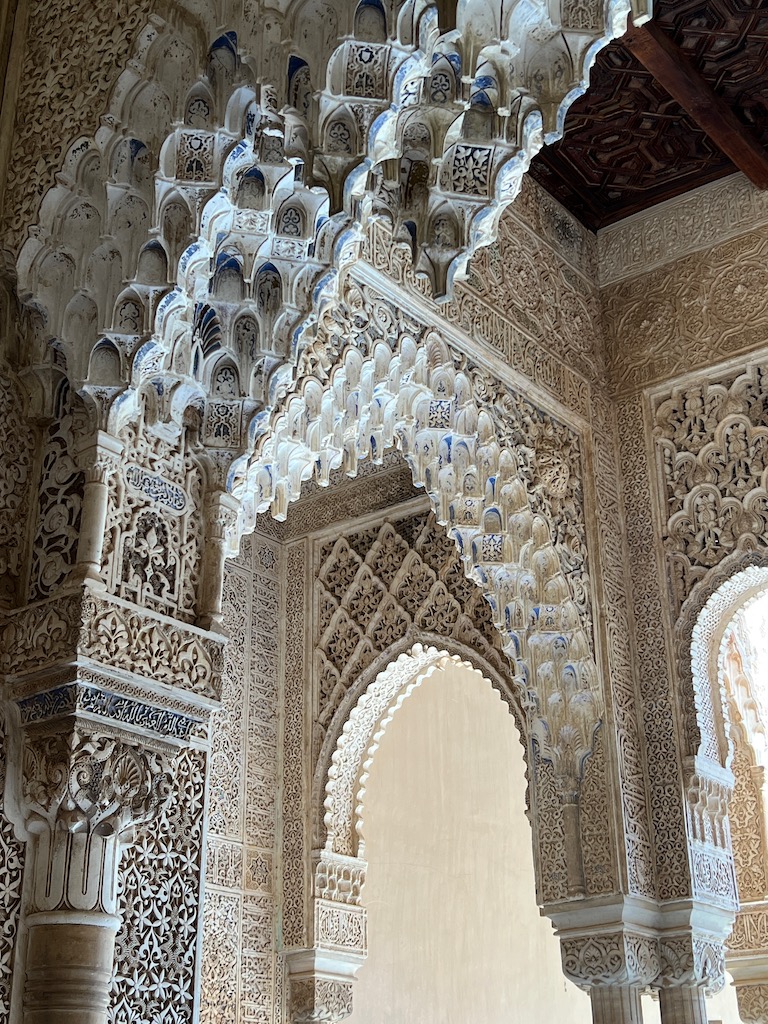
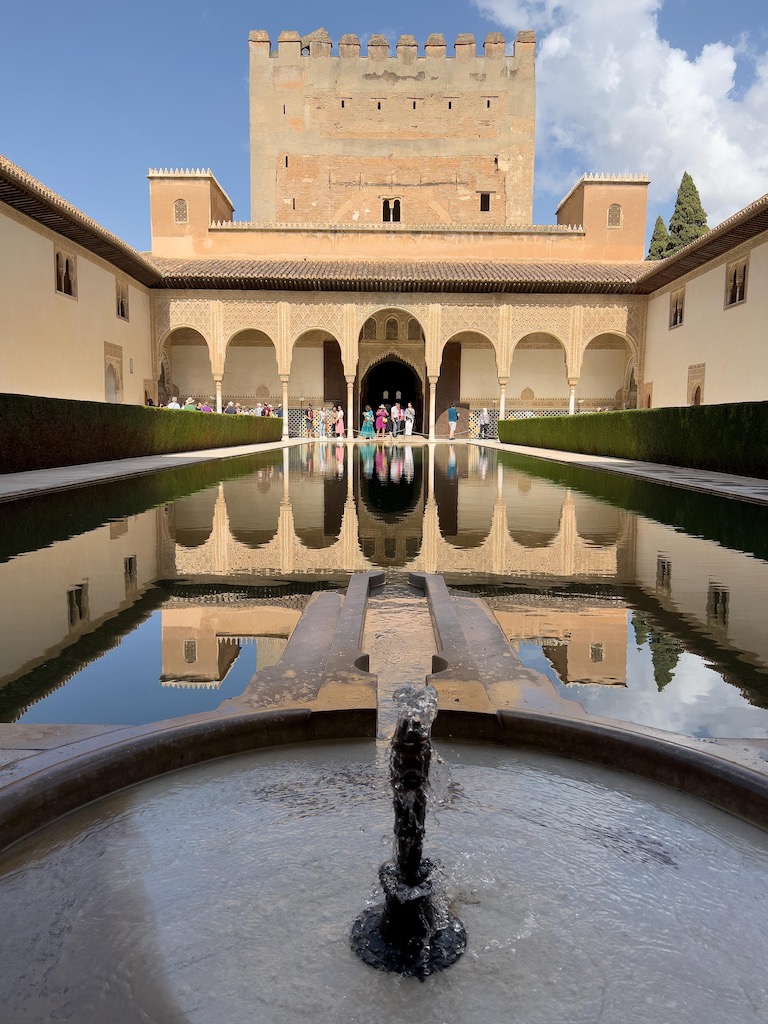
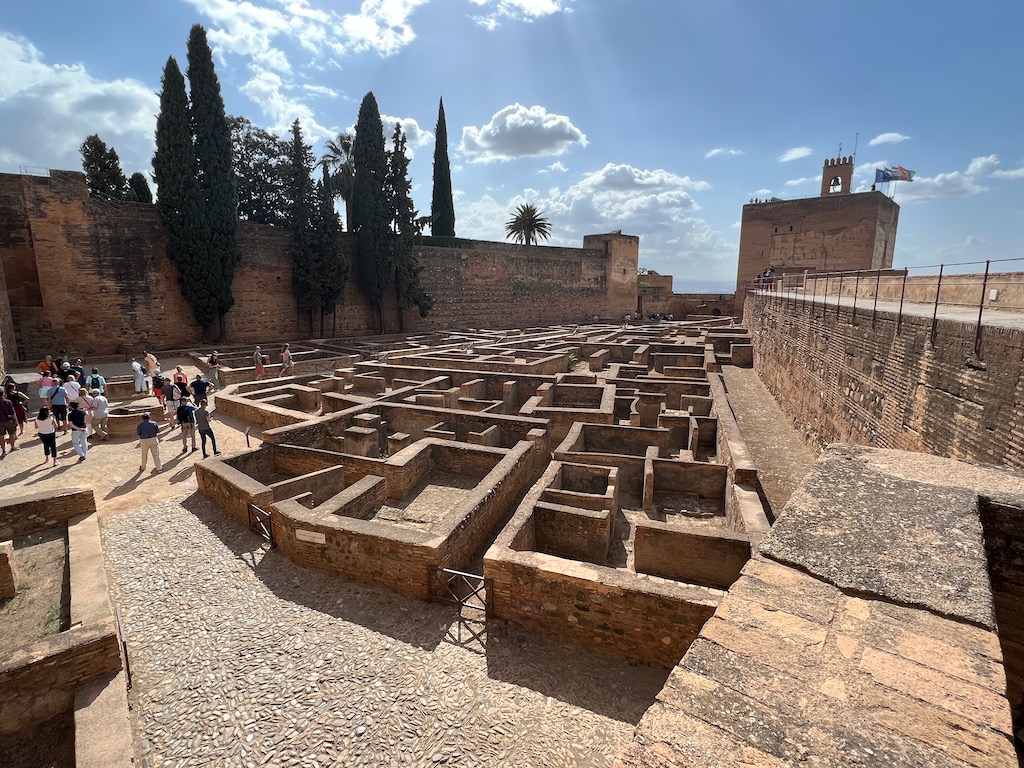
After viewing the many stunning rooms and pools you come across the barrio where ordinary people lived in small one or two room dwellings.
Madrid – our next stop is a really big city with many personalities. When we first arrived we took two self guided walks…
The first walk was of historic Madrid, its Plaza Mayor has plaques commemorating historic events that took place in the square…in this case a Spanish Inquisition torture!
The second walk got us on the Calle Gran Via, a big busy shopping boulevard where we found the Dear Hotel’s rooftop bar to catch sunset.
This Madrid Airbnb is typical of the lodging we had, a converted top floor space in the historic district.
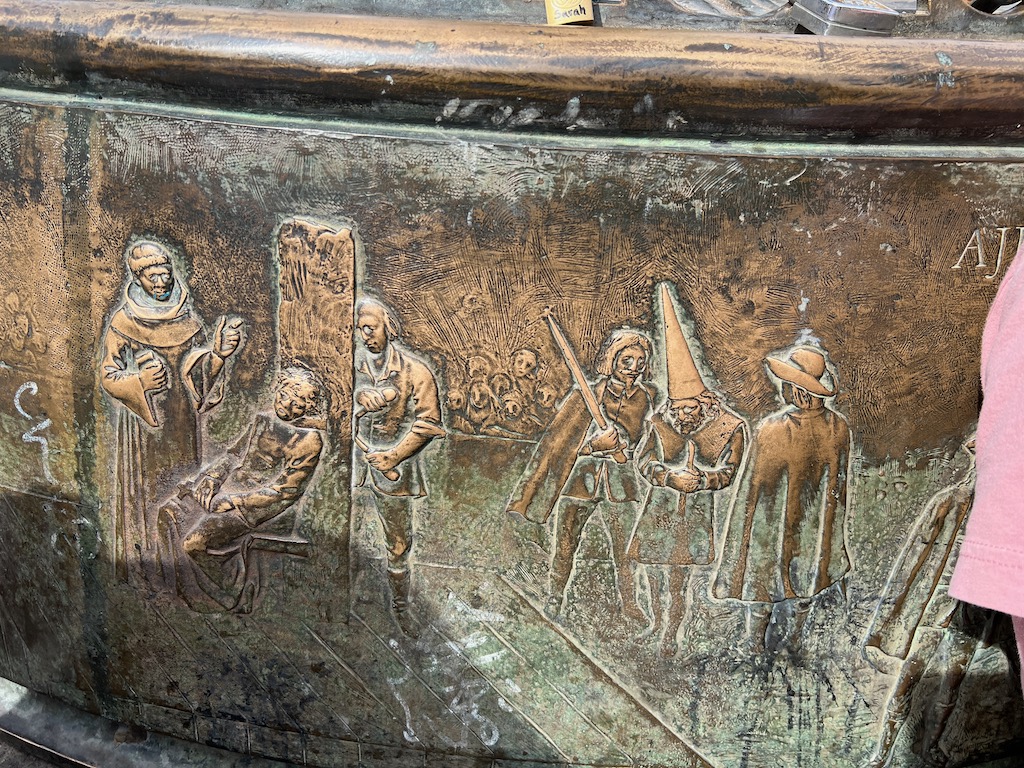
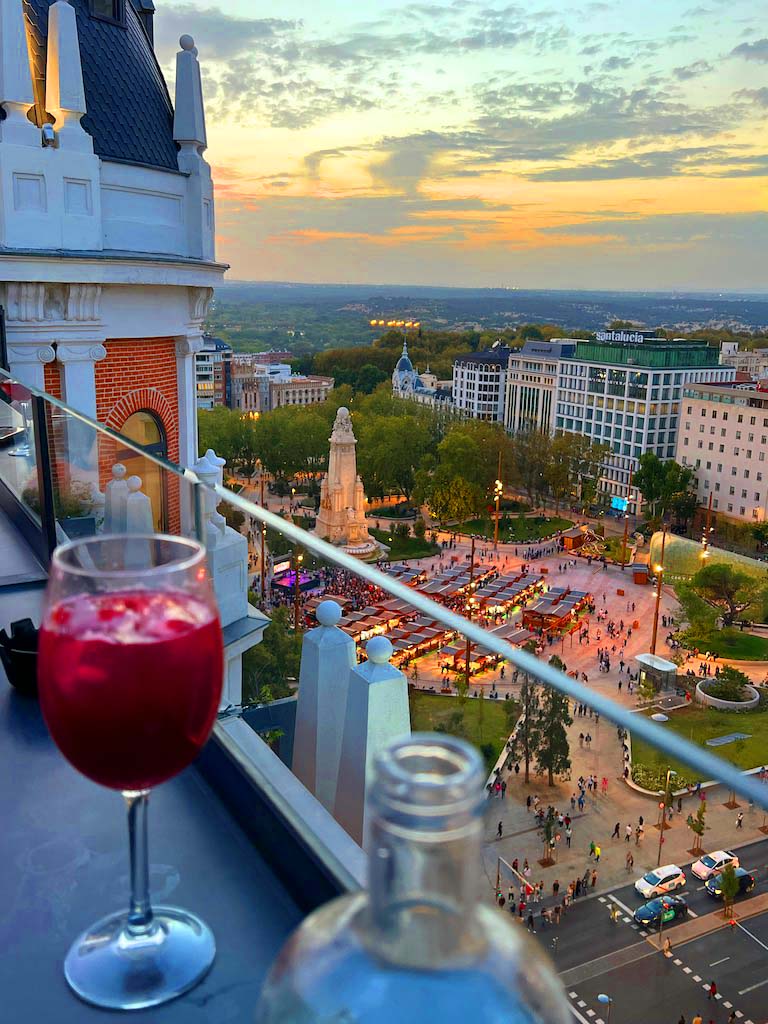
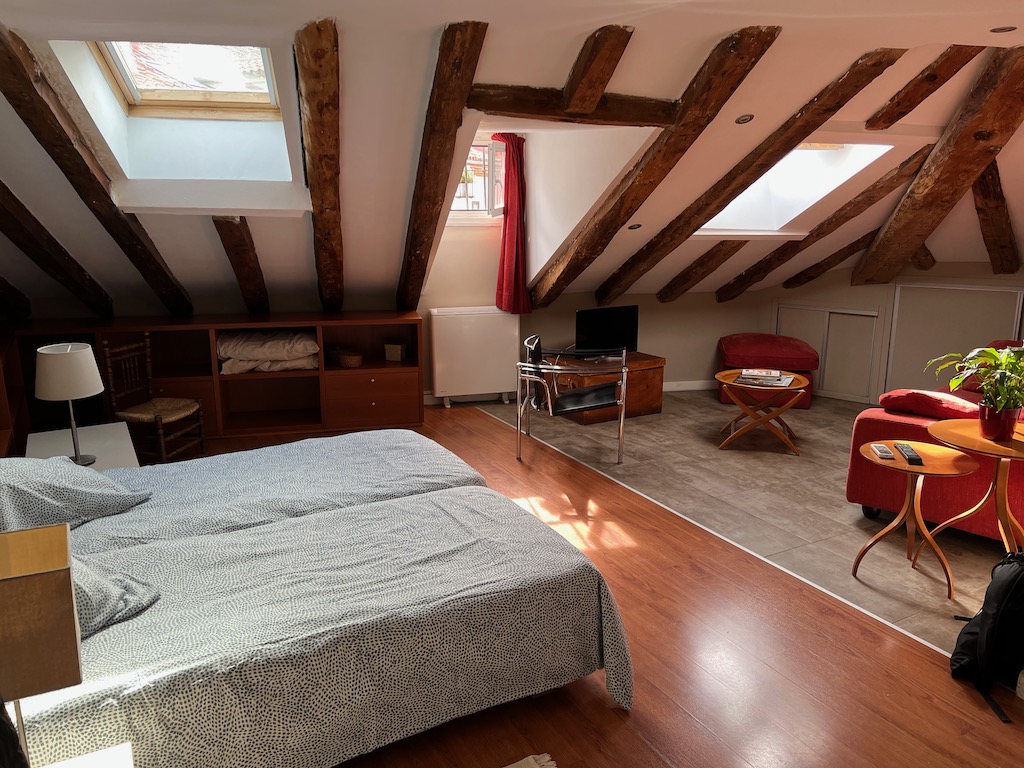
Three Madrid highlights were the Museo de America and its galleries featuring Mesoamerican artifacts, the Royal Palace of Madrid which is still in use by Spain’s royal family and Picasso’s 1937 Guernica at Madrid’s Reina Sofia, seeing the huge painting and reading its horrific war story was very moving. Guernica measures 25 ft 6 in across and 11 ft 5 in tall.
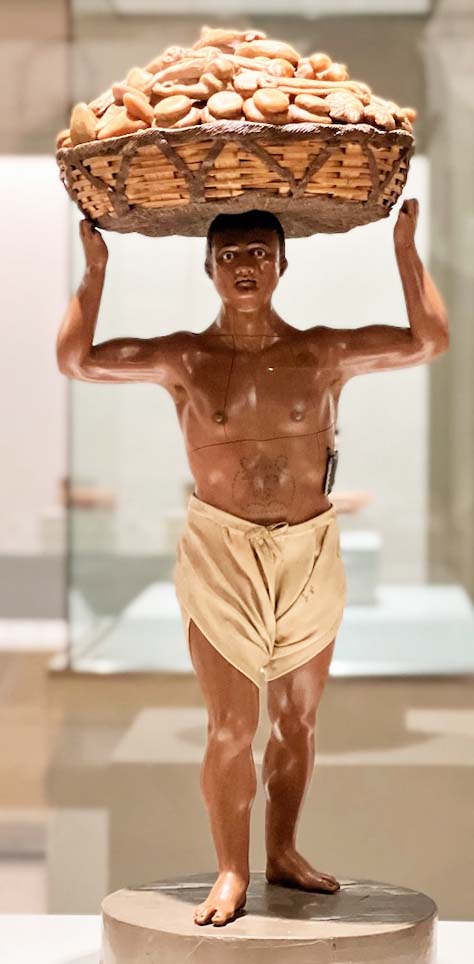
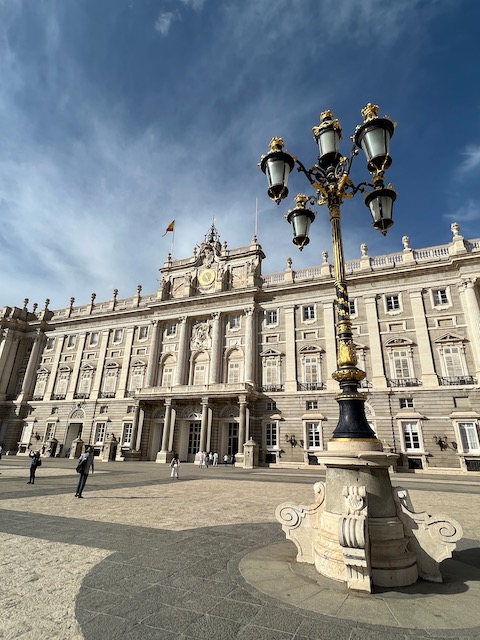

While in Madrid we took a day trip to Toledo, home of the 1586 El Greco painting “The Burial of the Count of Orgaz, the 15 x 11 foot painting has been hanging in the church of Santo Tomé since 1587.
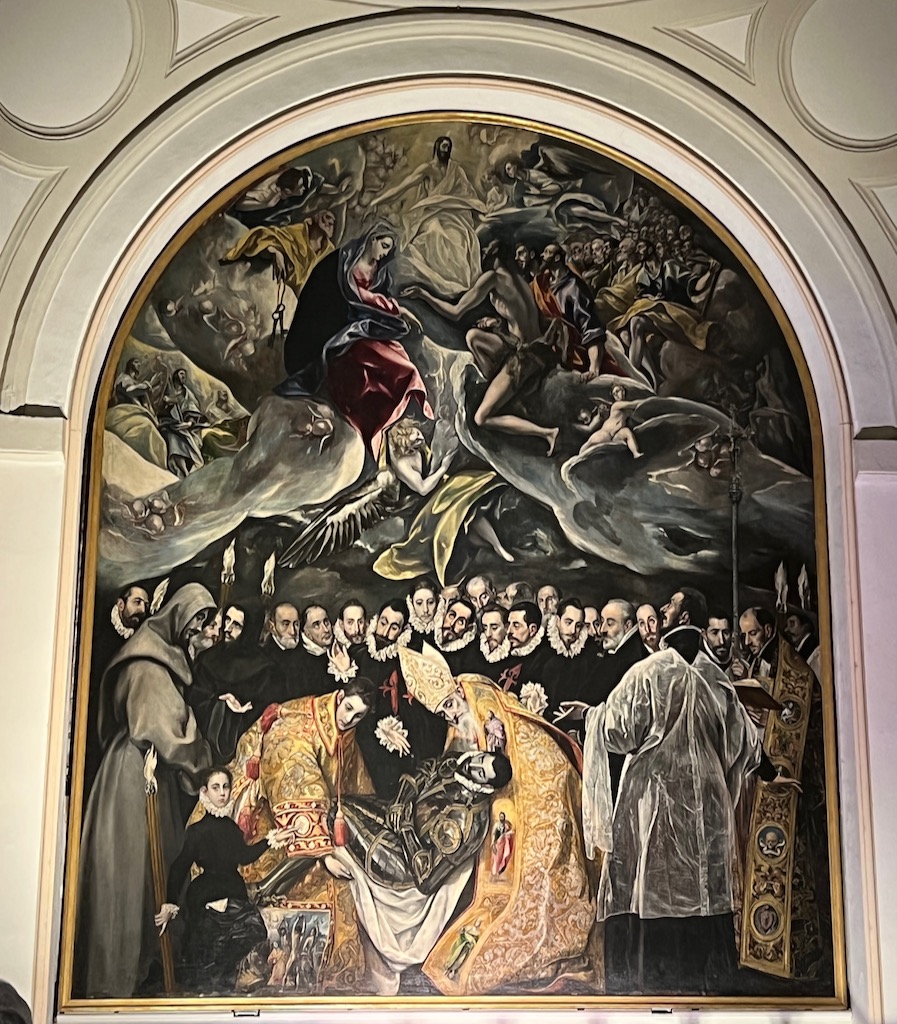
Our train to our next to last city Valencia gave us a scare when in the middle of nowhere it reversed course and started going the other way, announcements were made in Spanish that were useless to us, but we somehow arrived in Valencia OK.
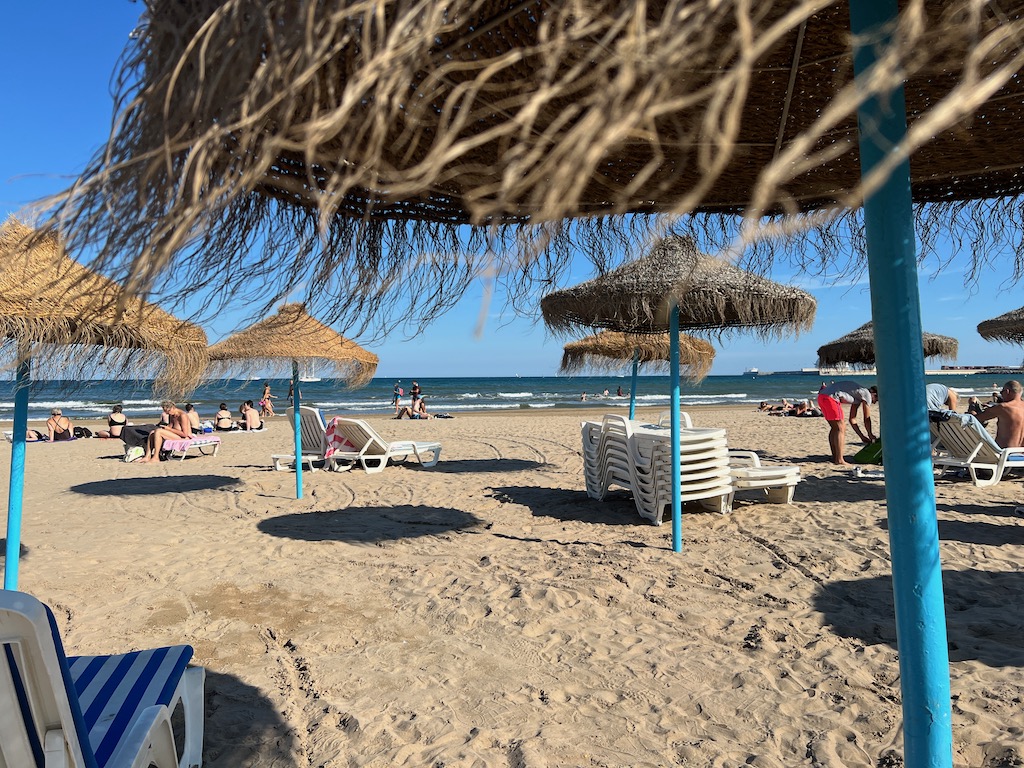
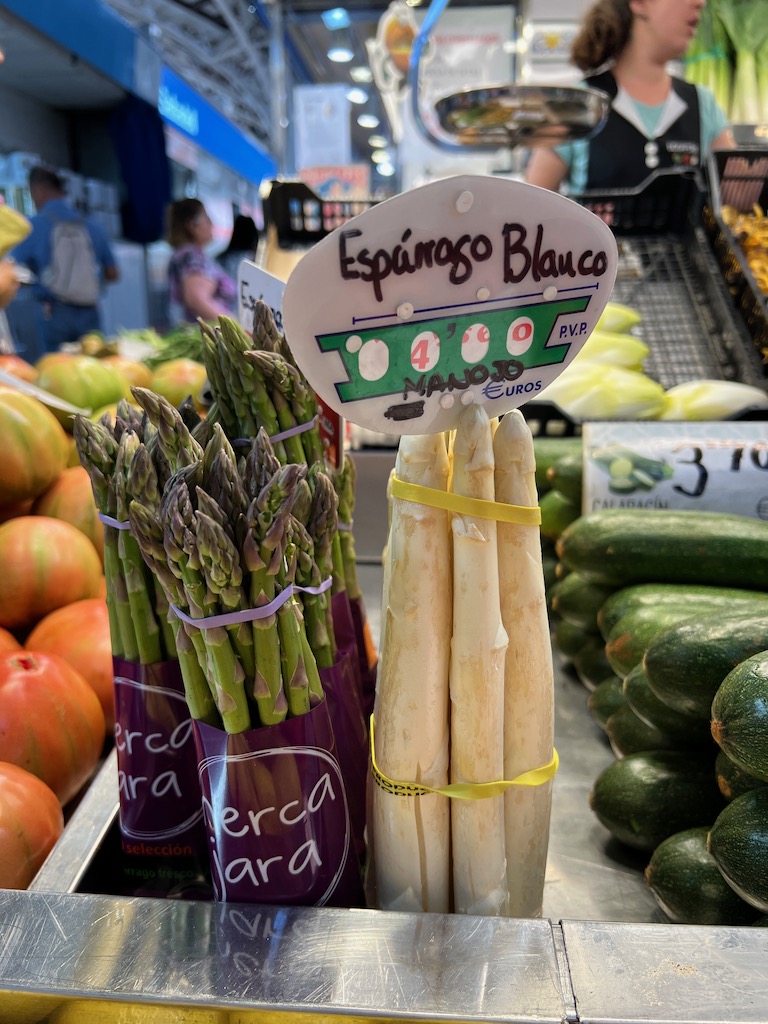
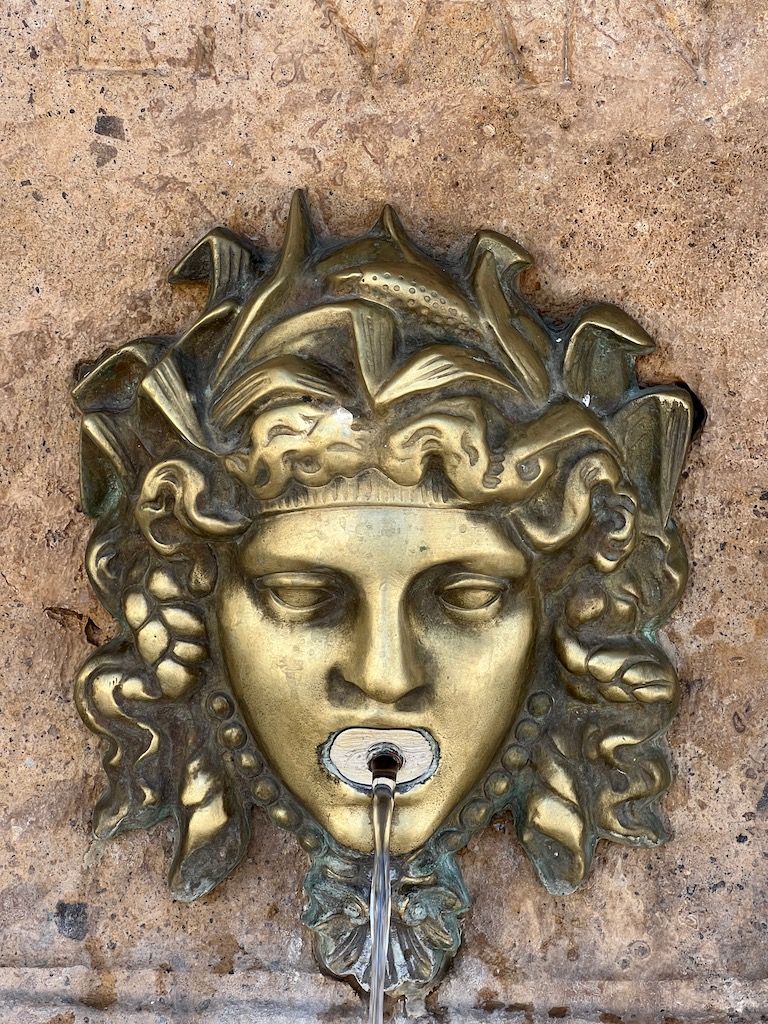
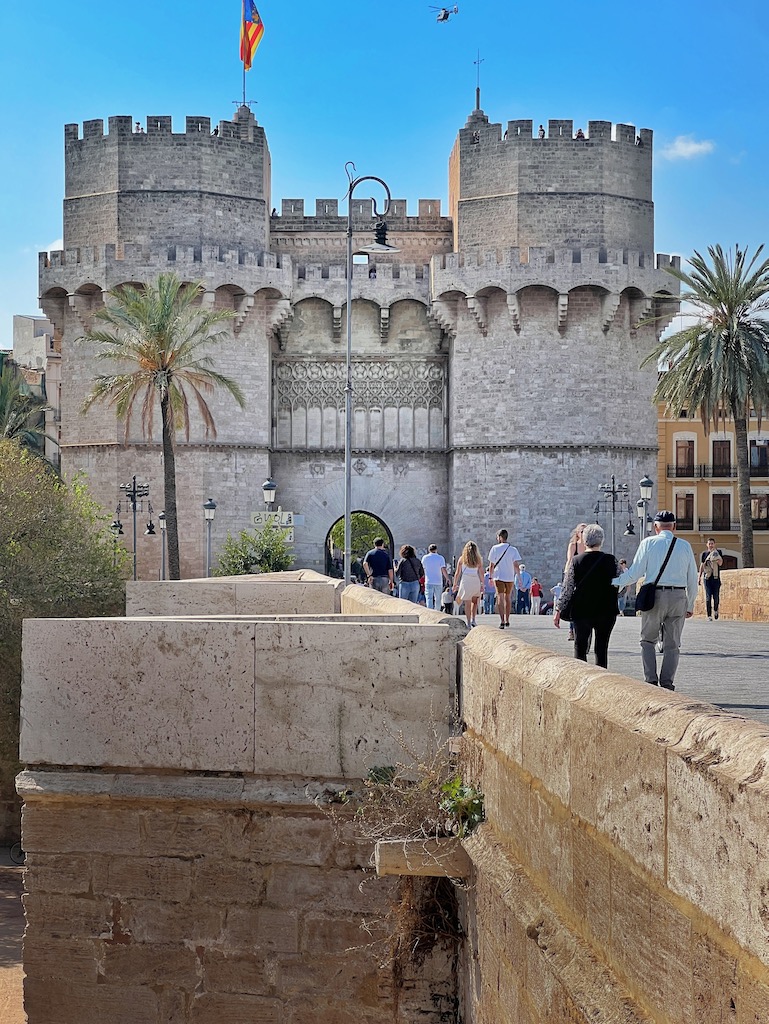
During our stay in Spain and Portugal, “Esparto Blanco” asparagus was often on our plate for the vegetable, they’re soft, watery and kind of tasteless, we found them totally unappealing.
After five weeks of traveling we came to our last stop, Barcelona. Barcelona is in the Spanish region of Catalonia which has a fraught relationship with the rest of Spain. In fact in 2017 Catalonia held a referendum and voted to declare the region an independent republic. Barcelona is known for its architectural gift to the world “Modernisme” created by Antoni Gaudí and his contemporaries
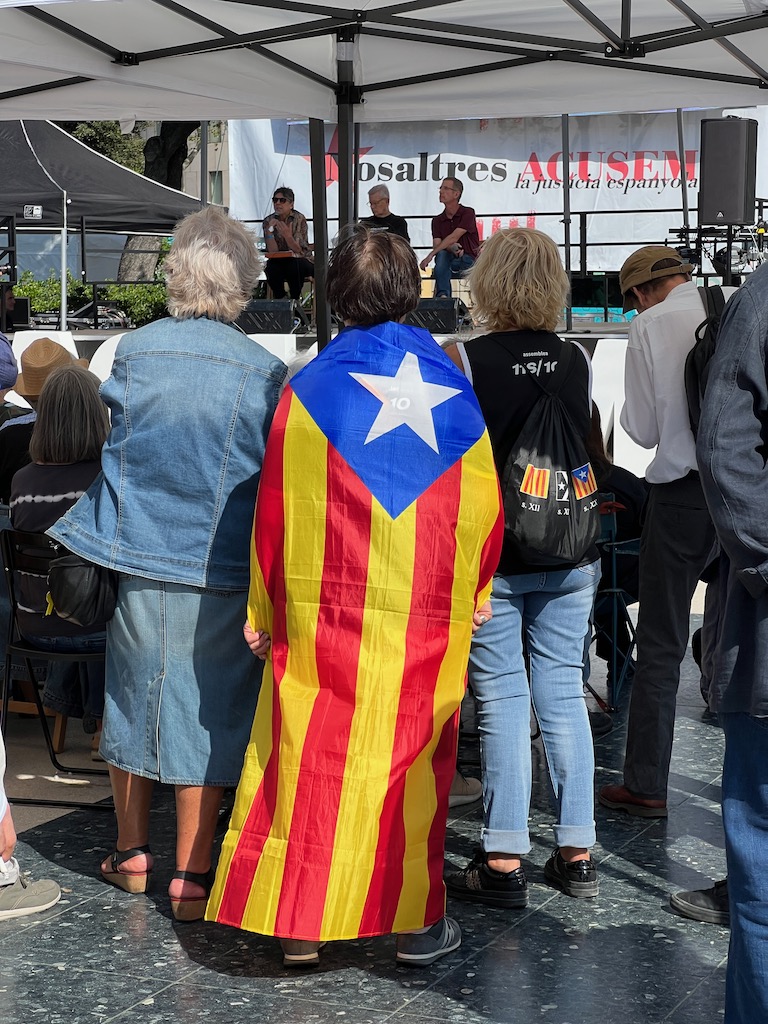
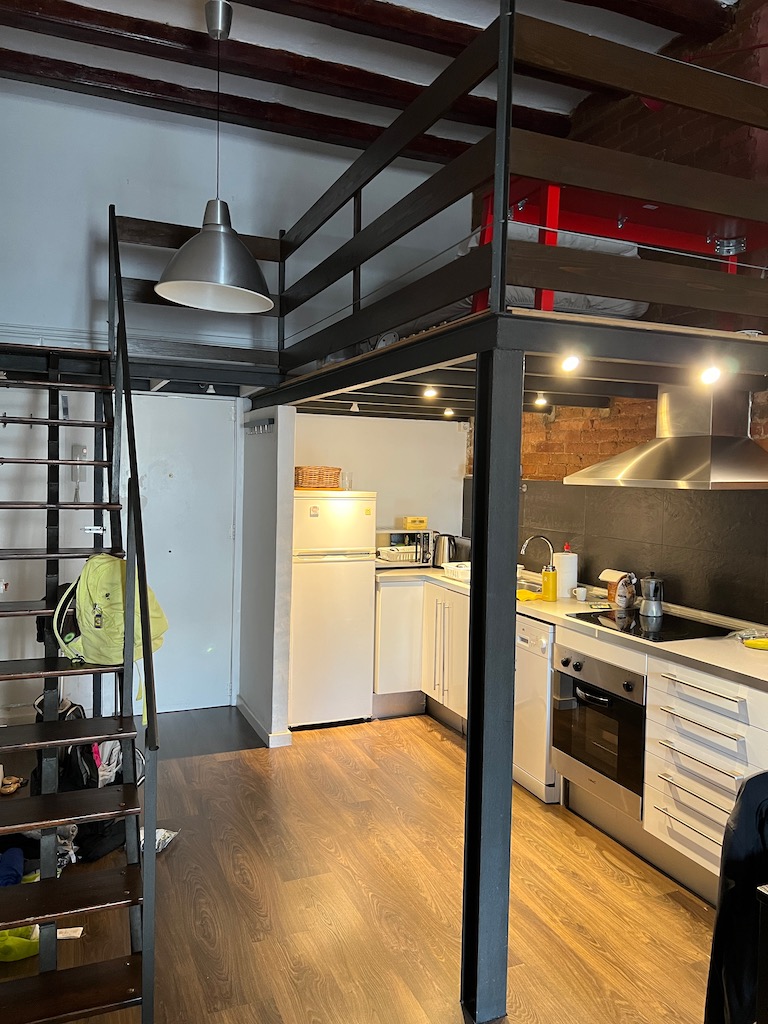
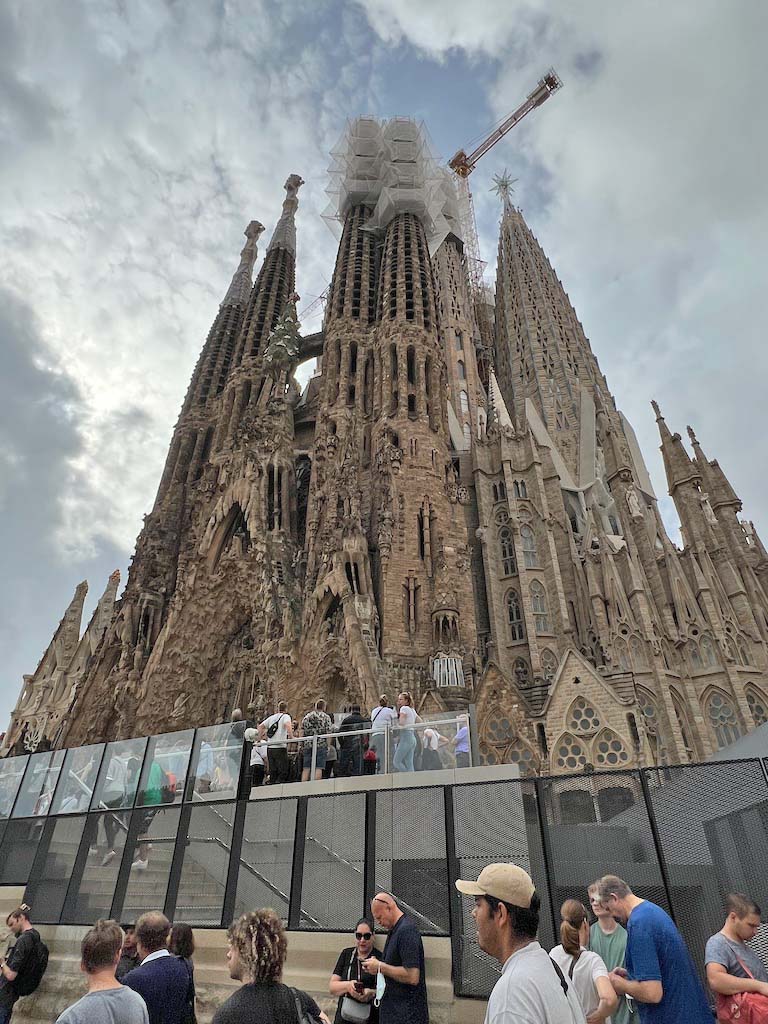
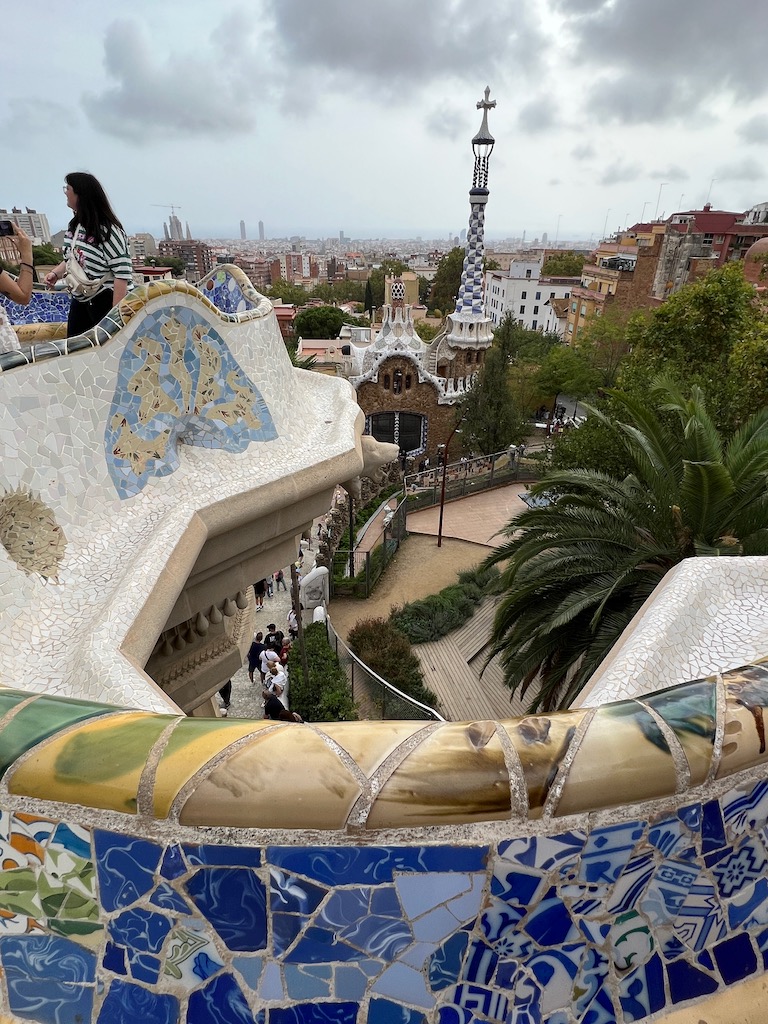
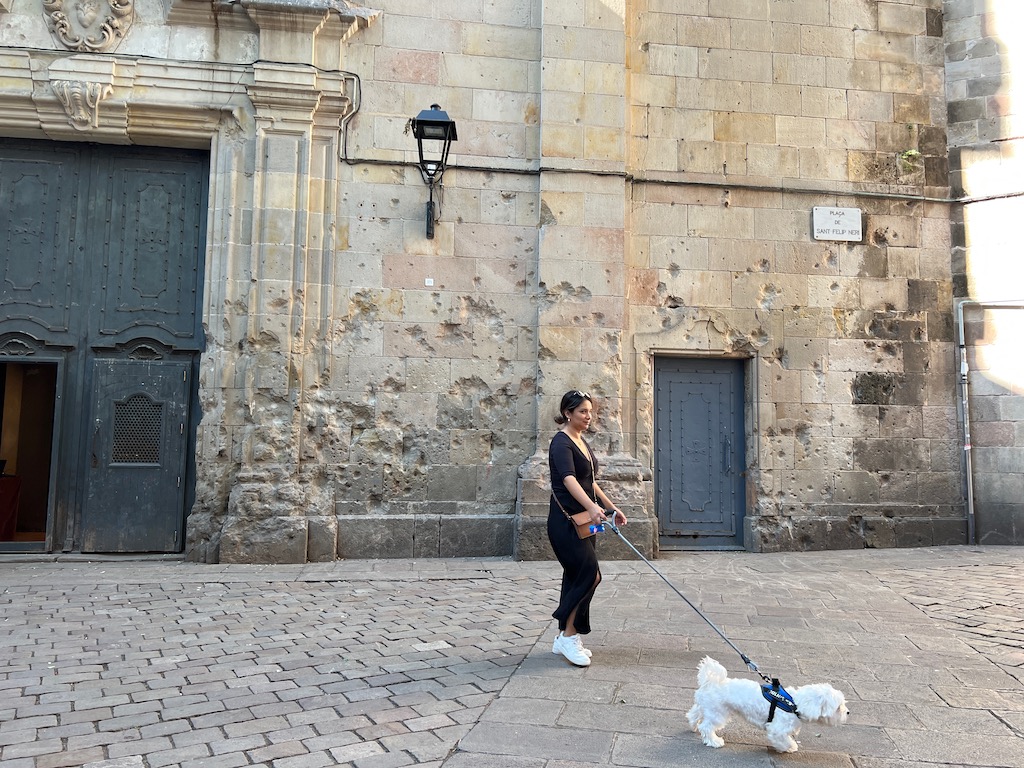
We closed our Camino de Santiago, Portugal and Spain trip taking home a fantastic recipe for Tinto de Verano…1/2 half Spanish wine like Zinfandel, Pino Noir or Merlot, 1/2 half 7-Up, and a lemon slice or a splash of lemon juice, Cheers!
